HIỆPTHÔNG
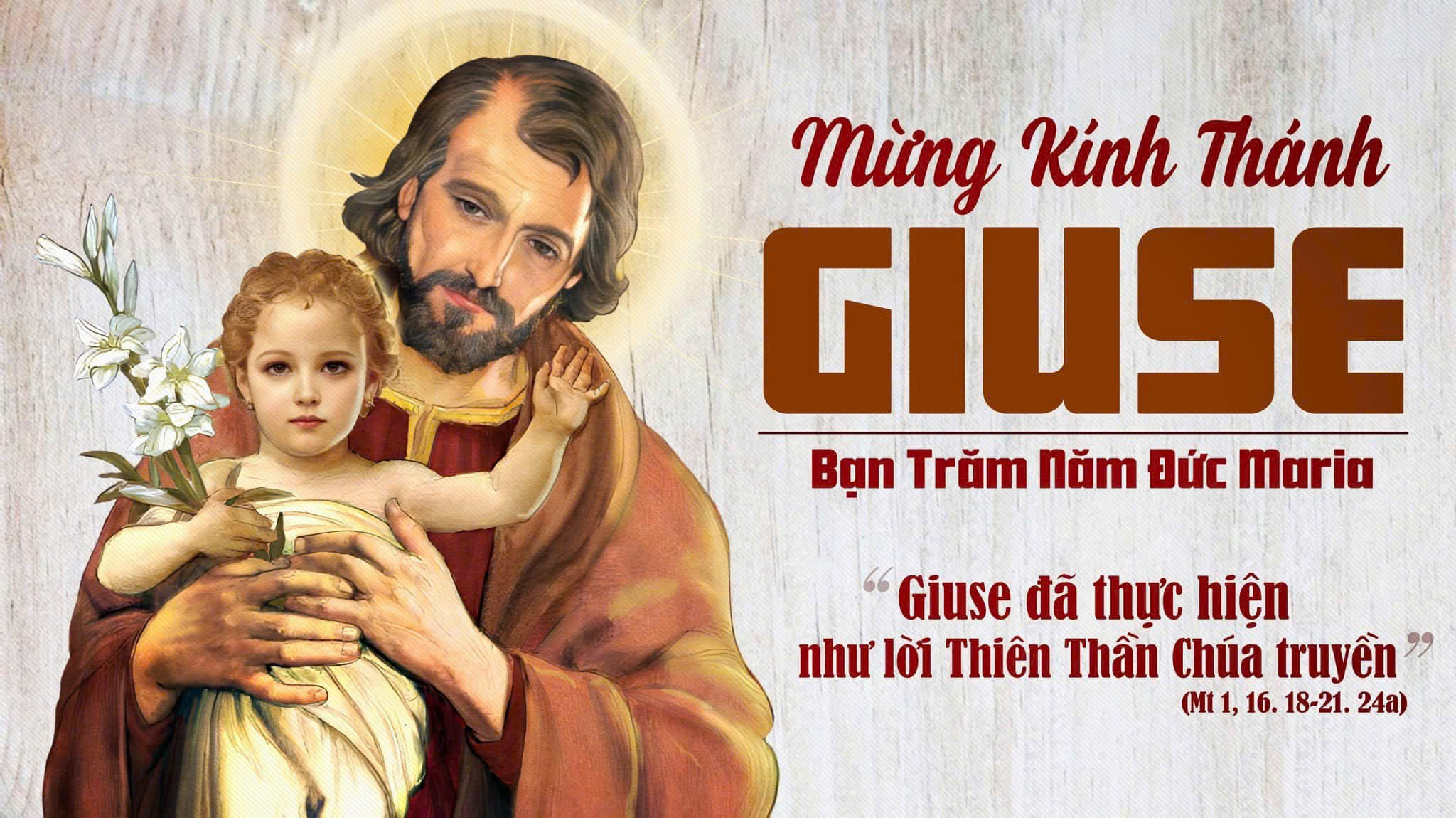 Vatican News -
Vatican News - 19/3: Lễ Trọng Thánh Giuse, Bạn Trăm Năm Đức Trinh Nữ Maria
Ở phương Tây, tài liệu tham khảo lâu đời nhất về việc tôn kính Thánh Giuse (Ioseph sponsus Mariae) liên quan đến ngày 19 tháng 3 xuất hiện vào khoảng năm 800 tại miền Bắc nước Pháp. Sau đó, từ thế kỷ 9 đến thế kỷ 14, các tài liệu đề cập đến Thánh Giuse, bạn trăm năm của Đức Maria, ngày càng xuất hiện nhiều hơn. Vào thế kỷ 12, quân thập tự chinh đã xây dựng một nhà thờ để tôn vinh ngài tại Nazareth. Nhưng phải đến thế kỷ 15, việc tôn kính Thánh Giuse mới lan rộng nhờ ảnh hưởng của Thánh Bernađinô thành Siêna, và đặc biệt là cha Jean Gerson (+1420), Chưởng ấn Nhà thờ Đức Bà Paris, người đã thúc đẩy việc thiết lập chính thức một lễ kính Thánh Giuse. Trước đó, tại Milan trong các cộng đoàn Dòng Augustinô, cũng như nhiều nơi ở Đức, đã cử hành những thánh lễ kính ngài. Phải đến năm 1480, với sự phê chuẩn của Đức Giáo hoàng Sixtus IV, lễ kính Thánh Giuse mới bắt đầu được cử hành vào ngày 19 tháng 3. Đến năm 1621, lễ này trở thành lễ buộc với sắc lệnh của Đức Giáo hoàng Grêgôriô XV. Năm 1870, Đức Giáo hoàng Piô IX tuyên bố Thánh Giuse là Đấng Bảo trợ Giáo hội Hoàn vũ, và Đức Giáo hoàng Gioan XXIII đã thêm tên của ngài vào Lễ quy Rôma của Thánh lễ vào năm 1962. Gần đây, Đức Giáo hoàng Phanxicô đã phê chuẩn thêm bảy lời cầu mới trong Kinh Cầu Thánh Giuse, bao gồm: Đấng gìn giữ Chúa Cứu Thế, luôn ân cần phục vụ Chúa Kitô, cộng tác vào công cuộc cứu độ loài người, nơi nương tựa lúc gặp nguy nan, Đấng Bảo trợ kẻ lưu đày, Đấng Bảo trợ người sầu khổ và Đấng Bảo trợ kẻ túng nghèo.
Giacóp sinh Giuse, chồng của bà Maria, bà là mẹ Đức Giêsu cũng gọi là Đấng Kitô. Sau đây là gốc tích Đức Giêsu Kitô: bà Maria, mẹ Người, đã thành hôn với ông Giuse. Nhưng trước khi hai ông bà về chung sống, bà đã có thai do quyền năng Chúa Thánh Thần. Ông Giuse, chồng bà, là người công chính và không muốn tố giác bà, nên mới định tâm bỏ bà cách kín đáo. Ông đang toan tính như vậy, thì kìa sứ thần Chúa hiện đến báo mộng cho ông rằng: “Này ông Giuse, con cháu Đavít, đừng ngại đón bà Maria vợ ông về, vì người con bà cưu mang là do quyền năng Chúa Thánh Thần. Bà sẽ sinh con trai và ông phải đặt tên cho con trẻ là Giêsu, vì chính Người sẽ cứu dân Người khỏi tội lỗi của họ.” Khi tỉnh giấc, ông Giuse làm như sứ thần Chúa dạy và đón vợ về nhà. (Mt 1,16. 18-21. 24)
Phụng vụ cũng đề xuất đoạn Luca 2,41-51.
Người cha yêu dấu
Thánh Giuse đã dấn thân phục vụ cho kế hoạch cứu độ của Thiên Chúa. Ngài chăm sóc Thánh Gia mà Thiên Chúa đã trao phó cho ngài. Từ khoảnh khắc truyền tin, ngài trở thành người tôi trung tận tụy, một người tôi tớ quan phòng khi chăm sóc Đức Maria và Hài Nhi mà Mẹ cưu mang trong cung lòng. Ngài bảo vệ Thánh Gia trong những lúc nguy nan. Đây chỉ là một vài trong số những đức tính của Thánh Giuse, giúp giải thích lý do tại sao Dân Chúa đặc biệt sùng kính ngài.
Người cha dịu dàng và yêu thương
Thánh Giuse đã dạy Chúa Giêsu cách bước đi bằng cách nắm tay Người. Chúa Giêsu nhận ra sự dịu dàng của Thiên Chúa nơi Thánh Giuse, Người Công chính. Nơi Thánh Giuse, Chúa Giêsu nhìn thấy hình ảnh một người đầy đức tin, biết cách nhìn cuộc đời với niềm hy vọng, bởi giữa cơn bão tố, Chúa vẫn luôn vững tay lèo lái hành trình của cuộc sống.
Người cha vâng phục
Kế hoạch của Thiên Chúa đã được mặc khải cho Thánh Giuse qua những giấc mơ. Ngài luôn đáp lại cách mau mắn: trong biến cố Truyền Tin, khi vua Hêrôđê tìm cách sát hại Hài Nhi, và cả khi vua Hêrôđê băng hà. Thánh Giuse được Thiên Chúa hướng dẫn và ngài luôn vâng phục. Chúa Giêsu đã học được sự “vâng phục làm con” đối với Thiên Chúa nơi Thánh Giuse. Người đã học sự vâng phục từ cha mẹ mình.
Người cha biết đón nhận
Thánh Giuse được miêu tả như một người tôn trọng và nhạy bén, biết đặt phẩm giá và sự sống của Đức Maria lên trên tất cả, ngay cả danh dự của chính mình. Thánh Giuse đón nhận, tin chắc rằng mọi sự đều được Thiên Chúa quan phòng hướng dẫn. Ngài hiểu rằng cuộc sống được tỏ lộ theo mức độ mà con người chấp nhận kế hoạch của Thiên Chúa, và hòa hợp với kế hoạch ấy. Đây chính là tính hiện thực Kitô giáo: biết đón nhận Thiên Chúa trong lịch sử đời mình, và học cách đón nhận mọi người mà ta gặp gỡ.
Người cha sáng tạo và can đảm
Đối mặt với khó khăn, Thánh Giuse luôn khơi dậy những nguồn lực bất ngờ nhất. Ngài là người mà qua đó Thiên Chúa biểu lộ sự chăm sóc quan phòng ngay từ khởi đầu lịch sử cứu độ. Những thử thách không bao giờ làm cản bước lòng can đảm và kiên trì của người công chính và khôn ngoan này, người mà Thiên Chúa đã tin tưởng, cũng như Ngài đã tin tưởng vào Đức Maria. Chính nhờ đó, ta nhận ra nơi Thánh Giuse hình ảnh Đấng Bảo trợ Thánh Gia: trước hết là gia đình của ngài ở Nazareth, và ngày nay là Hội Thánh.
Người cha lao động
Công việc, được hiểu như sự tham dự vào công trình sáng tạo của Thiên Chúa, là điều mà Thánh Giuse đã thực hiện trong đời mình và đã dạy cho Chúa Giêsu. Công việc mang một ý nghĩa quan trọng để tạo ra một “bình thường mới,” nơi không ai bị loại trừ. Công việc của Thánh Giuse nhắc nhớ rằng Chúa Giêsu, Con Thiên Chúa làm người, không coi thường lao động tay chân. Công việc bảo đảm phẩm giá con người.
Người cha trong âm thầm
Là một người cha, Thánh Giuse đã giới thiệu Con Thiên Chúa với những kinh nghiệm và thực tại của cuộc sống: không ràng buộc Người, không kìm hãm, không sở hữu, nhưng phát triển khả năng lựa chọn và tự do của Người, cuối cùng để Người rời khỏi nha. Lý lẽ của tình yêu luôn là lý lẽ của tự do: niềm vui của Thánh Giuse là hiến dâng chính mình. Ngài trở nên lu mờ, để vào một thời điểm, lùi bước, nhường chỗ cho Con mình tỏa sáng.
Lời nguyện
Kính chào Đấng Gìn giữ Đấng Cứu Thế,
Bạn trăm năm của Đức Trinh Nữ Maria.
Chúa đã trao Con Một của Chúa cho ngài;
Mẹ Maria đã tin tưởng vào ngài;
Chúa Kitô đã lớn lên thành người cùng với ngài.
Lạy Thánh Giuse diễm phúc,
xin cũng hãy tỏ ra ngài là cha của chúng con
và hướng dẫn chúng con đi trên đường đời.
Xin giúp chúng con đón nhận ân sủng,
lòng thương xót và lòng can đảm,
và xin bảo vệ chúng con khỏi mọi sự dữ. Amen.
(Lời nguyện từ Tông thư Patris Corde của Đức Giáo Hoàng Phanxicô)
Vatican News
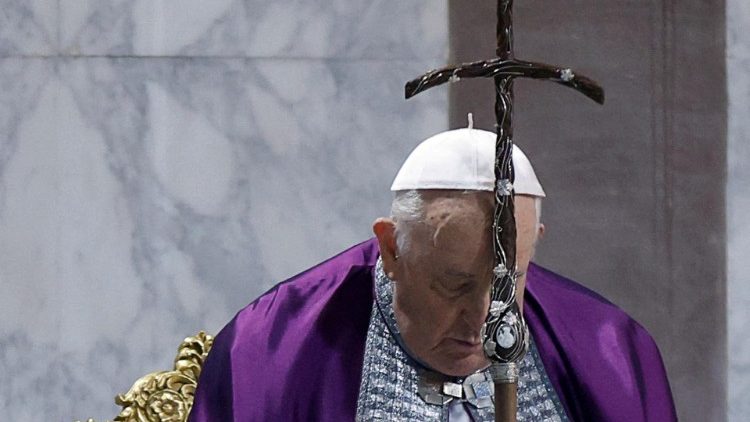 Vatican News -
Vatican News - Sứ điệp Mùa Chay 2025 của Đức Thánh Cha Phanxico
Để đồng hành với các tín hữu trong hành trình Mùa Chay Thánh, vào ngày 25/2/2025, Đức Thánh Cha đã cho công bố Sứ điệp Mùa Chay năm 2025. Sứ điệp có tựa đề “Chúng ta hãy cùng nhau bước đi trong hy vọng”, trong đó Đức Thánh Cha chia sẻ với các tín hữu “ý nghĩa của việc cùng nhau bước đi trong hy vọng và khám phá lời kêu gọi hoán cải mà lòng thương xót của Thiên Chúa dành cho tất cả chúng ta, với tư cách là cá nhân và cộng đoàn”.
Sứ điệp Mùa Chay 2025 của Đức Thánh Cha
Chúng ta hãy cùng nhau bước đi trong hy vọng
Anh chị em thân mến!
Với nghi thức sám hối xức tro trên đầu, chúng ta bắt đầu cuộc hành hương thường niên của Mùa Chay Thánh, trong đức tin và đức cậy. Giáo hội, là mẹ và là thầy, mời gọi chúng ta chuẩn bị tâm hồn và mở lòng đón nhận ân sủng của Thiên Chúa để có thể hân hoan cử hành chiến thắng phục sinh của Chúa Kitô trên tội lỗi và sự chết, như Thánh Phaolô đã thốt lên: Tử thần đã bị chôn vùi. Đây giờ chiến thắng! Hỡi tử thần, đâu là chiến thắng của ngươi? Hỡi tử thần, đâu là nọc độc của ngươi (1Cr 15,54-55). Thật vậy, Chúa Giêsu Kitô, đã chịu đóng đinh và sống lại, là trung tâm đức tin của chúng ta và là bảo đảm cho niềm hy vọng của chúng ta vào lời hứa trọng đại của Chúa Cha, lời hứa đã được thực hiện nơi Con yêu dấu của Người: sự sống đời đời (x. Ga 10,28; 17,3) (1).
Trong Mùa Chay này, khi chúng ta cùng nhau chia sẻ ân sủng của Năm Thánh, tôi muốn chia sẻ với anh chị em một số suy tư về ý nghĩa của việc cùng nhau bước đi trong hy vọng và khám phá lời kêu gọi hoán cải mà Thiên Chúa, với lòng thương xót của Người, dành cho tất cả chúng ta, như là những cá nhân và cộng đoàn.
Trước hết là bước đi. Khẩu hiệu của Năm Thánh, “Những người hành hương hy vọng”, gợi nhớ đến cuộc hành trình dài của dân Israel hướng về Đất Hứa, được thuật lại trong sách Xuất Hành: cuộc hành trình khó khăn từ tình trạng nô lệ đến tự do, được mong muốn và hướng dẫn bởi Đức Chúa, Đấng yêu thương dân Người và luôn trung thành với họ. Và chúng ta không thể nhắc đến cuộc xuất hành trong Kinh Thánh mà không nghĩ đến nhiều anh chị em ngày nay đang chạy trốn khỏi những tình cảnh nghèo đói và bạo lực để tìm kiếm một cuộc sống tốt đẹp hơn cho bản thân và những người thân yêu của họ. Lời kêu gọi hoán cải đầu tiên xuất phát từ thực tế là tất cả chúng ta đều là những người hành hương trong cuộc sống; mỗi người được mời gọi dừng lại và tự hỏi cuộc sống của chúng ta phản ánh sự thật này như thế nào? Tôi có thực sự đang bước đi hay đang bị tê liệt, trì trệ, sợ hãi và tuyệt vọng, hoặc ngần ngại bước ra khỏi vùng an toàn của mình? Tôi có đang tìm những cách giải thoát bản thân khỏi những tình huống tội lỗi và hạ thấp phẩm giá của tôi không? Sẽ là một bài tập Mùa Chay tốt cho chúng ta khi so sánh cuộc sống hàng ngày của mình với cuộc sống của một người di cư hoặc người nước ngoài, để học cách đồng cảm với những trải nghiệm của họ và bằng cách này khám phá ra điều Thiên Chúa đang yêu cầu chúng ta để chúng ta có thể tiến triển tốt hơn trên hành trình về nhà Cha. Đây sẽ là một “cuộc xét mình” tốt cho tất cả chúng ta, những người lữ hành.
Điểm thứ hai, chúng ta hãy cùng nhau hành trình. Cùng nhau bước đi, hiệp hành, chính là ơn gọi của Giáo hội (2). Các Kitô hữu được kêu gọi cùng nhau bước đi, chứ không phải như những lữ khách đơn độc. Chúa Thánh Thần thúc đẩy chúng ta ra khỏi chính mình để hướng về Thiên Chúa và anh chị em mình, và đừng bao giờ khép kín mình lại (3). Bước đi cùng nhau có nghĩa là củng cố sự hiệp nhất được đặt nền trên phẩm giá chung của con cái Thiên Chúa (x. Gl 3,26-28); nghĩa là bước đi bên cạnh nhau, không chà đạp hay lấn át người khác, không đố kỵ hay giả tạo, không để ai bị bỏ lại phía sau hay cảm thấy bị loại trừ. Chúng ta hãy cùng đi về một hướng, hướng tới cùng một mục tiêu, quan tâm đến người khác bằng tình yêu thương và sự kiên nhẫn.
Trong Mùa Chay này, Thiên Chúa yêu cầu chúng ta kiểm chứng xem trong cuộc sống của chúng ta, trong gia đình, tại nơi làm việc, trong giáo xứ hay cộng đoàn tu trì, chúng ta có khả năng đồng hành với người khác, lắng nghe, vượt qua cám dỗ thu mình vào sự tự tham chiếu và chỉ quan tâm đến nhu cầu của riêng mình hay không. Chúng ta hãy tự hỏi trước Chúa xem, liệu chúng ta, với tư cách là các giám mục, linh mục, tu sĩ và giáo dân phục vụ Vương quốc Thiên Chúa, có thể cùng làm việc với nhau hay không. Liệu chúng ta có thái độ chào đón, bằng những cử chỉ cụ thể, những người đến gần chúng ta và những người ở xa chúng ta không. Liệu chúng ta có làm cho mọi người cảm thấy họ là một phần của cộng đồng hay để họ ở bên lề (4). Đây là lời kêu gọi hoán cải thứ hai: hoán cải hiệp hành.
Điểm thứ ba là chúng ta cùng nhau thực hiện hành trình này trong hy vọng, bởi vì chúng ta được ban một lời hứa. Ước gì hy vọng không làm chúng ta thất vọng (x. Rm 5,5), sứ điệp trung tâm của Năm Thánh (5), trở thành điểm quy chiếu cho hành trình Mùa Chay của chúng ta hướng đến chiến thắng Phục Sinh. Như Đức Giáo hoàng Biển Đức XVI đã dạy chúng ta trong Thông điệp Spe Salvi, “con người cần tình yêu vô điều kiện. Con người cần sự chắc chắn khiến họ phải nói: “Cho dầu là sự chết hay sự sống, thiên thần hay ma vương quỷ lực, hiện tại hay tương lai, hoặc bất cứ sức mạnh nào, trời cao hay vực thẳm hay bất cứ một loài thụ tạo nào khác, không có gì tách được chúng ta ra khỏi tình yêu của Thiên Chúa thể hiện nơi Đức Kitô Giêsu, Chúa chúng ta” (Rm 8, 38-39) (6). Chúa Giêsu, tình yêu và hy vọng của chúng ta, đã phục sinh (7). Người đang sống và hiển trị trong vinh quang. Sự chết đã được biến đổi thành chiến thắng và đức tin cùng hy vọng lớn lao của người Kitô hữu đặt vào điều này: sự phục sinh của Chúa Kitô!
Và đây là lời kêu gọi hoán cải thứ ba: đó là lời kêu gọi hy vọng, tin tưởng vào Thiên Chúa và vào lời hứa vĩ đại của Người về sự sống vĩnh cửu. Chúng ta phải tự hỏi: Tôi có tin chắc rằng Thiên Chúa tha thứ tội lỗi của tôi không? Hay tôi hành động như thể tôi có thể tự cứu mình? Tôi có khao khát ơn cứu độ và cầu xin sự trợ giúp của Thiên Chúa để đón nhận ơn cứu độ không? Tôi có sống cụ thể niềm hy vọng giúp tôi diễn giải các sự kiện trong lịch sử và thúc đẩy tôi dấn thân thực hiện công lý, tình huynh đệ, chăm sóc ngôi nhà chung, và theo cách mà không ai bị bỏ lại phía sau không?
Thưa anh chị em, nhờ tình yêu của Thiên Chúa nơi Chúa Giêsu Kitô, chúng ta được nâng đỡ trong niềm hy vọng không làm chúng ta thất vọng (x. Rm 5,5). Hy vọng là “mỏ neo chắc chắn và kiên định của tâm hồn” (8). Hy vọng thúc đẩy Giáo hội cầu nguyện cho “tất cả mọi người được cứu độ” (1 Tm 2,4) và chờ đợi để được hưởng vinh quang thiên đàng cùng với Chúa Kitô, Phu Quân của mình. Đây là lời cầu nguyện của Thánh Têrêsa Hài Đồng Giêsu: “Hãy hy vọng, linh hồn tôi ơi, hãy hy vọng. Bạn không biết ngày nào hay giờ nào. Hãy thật tỉnh thức, bởi vì mọi thứ trôi qua trong chớp mắt, mặc dù sự thiếu kiên nhẫn của bạn có thể khiến điều chắc chắn trở nên không chắc chắn, và khiến một thời gian rất ngắn trở nên thật dài” (Lời than thở của tâm hồn với Thiên Chúa, 15, 3) (9).
Xin Đức Trinh Nữ Maria, Mẹ của Hy Vọng, chuyển cầu cho chúng ta và đồng hành cùng chúng ta trên hành trình Mùa Chay.
Roma, Đền thờ thánh Gioan Laterano, ngày 6 tháng 2 năm 2025,
Lễ nhớ Thánh Phaolô Miki và các bạn tử đạo.
PHANXICÔ
(1) X. Tông thư Dilexit nos (24/10/2024), 220.
(2) X. Bài giảng Thánh lễ tuyên phong hai Chân phước Giovanni Battista Scalabrini e Artemide Zatti, 09/10/2022.
(3) X. Ibid.
(4) X. Ibid.
(5) X. Tông sắc Spes non confundit, 1.
(6) Tông thư Spe salvi (30/11/2007), 26.
(7) X. Ca tiếp liên Chúa Nhật Phục Sinh.
(8) X. Giáo lý Giáo hội Công giáo, 1820.
(9) Ivi, 1821.
Vatican News
 DIOCESAN NEWS -
DIOCESAN NEWS - WHY DO WE HAVE AN OBLIGATION TO ATTEND MASS?-I
16 April 2021
A Catechesis on the Third Commandment in Light of the Resurrection by Father Andrew Heaslip, Diocesan Director of Religious Education, Diocesan Coordinator of Digital Media, Director of the TV Mass for the Homebound.
In his press release issued on Wednesday of Holy Week restoring the Sunday and holy day Mass obligation, Bishop Conley mentioned that the Southern Nebraska Register would be publishing a catechetical series on this obligation.
In my last article on livestreaming the Mass, I attempted to share my personal, and to some extent, catechetical reflections on why livestreaming the Mass is a blessing, albeit an awkward one, and even more why it is necessarily more valuable to be physically and spiritually present at the Mass whenever it is available.
In this article I’d like to shift from those personal and partly catechetical reflections to a catechesis specifically on the third commandment in light of the Resurrection of Jesus because it is here where we will begin to understand the context of why there is a Sunday Mass obligation in the first place.
The goal of this catechesis, then, is to understand the meaning of the third commandment in the Old Covenant, in order to clearly see how its obligatory nature both continues and is fulfilled in the New Covenant by the practice of keeping holy the Lord’s Day, that is, the day on which the Lord Jesus rose from the dead.
The Third Commandment
In the book of Exodus, we learn that God revealed to the people of Israel on Mt. Sinai the commandment, “Remember the sabbath day, to keep it holy. Six days you shall labor, and do all your work; but the seventh day is a sabbath to the LORD your God; in it you shall not do any work… for in six days the LORD made heaven and earth, the sea, and all that is in them, and rested the seventh day; therefore the LORD blessed the sabbath day and hallowed it” (20:8-11).
We see in this text that the third commandment is deeply tied to the six days of creation. In fact, the word sabbath (sabbath) means the seventh day of the week and a day of rest; it is derived from the Hebrew word sabbath which means “to cease or to rest.” The idea here is that the Sabbath is the day on which God ceased his work of creation in order to bring rest and blessing to the seventh day. Hence, in the Old Covenant, the observance of the Sabbath entailed, among other things, remembrance of the Lord’s work of creation and rest from work and manual labor.
Moreover, like all of the Ten Commandments, the third commandment too was given in the context of God’s work of liberating or redeeming the people of Israel from slavery.
The Decalogue (Ten Commandments) begins with the words, “I am the LORD your God, who brought you out of the land of Egypt, out of the house of bondage” (Ex 20:2). Likewise, the expression of the third commandment in Deuteronomy adds, “You shall remember that you were a slave in the land of Egypt, and the LORD your God brought you out thence with a mighty hand and an outstretched arm; therefore the LORD your God commanded you to keep the sabbath day” (15:5).
We see here that the third commandment is deeply tied also to God’s work of redemption or liberation from slavery, that is, when He freed his people from Egypt and formed a covenant relationship with them on Mt. Sinai. Hence, in the Old Covenant the obligation of remembrance “You shall remember” includes God’s work not only of creation but also of redemption.
In the third commandment, then, we not only learn of the sacred importance of the Sabbath and the requirement or obligation to keep it holy through remembrance and rest but also discover the deepest reasons for this obligation: the Sabbath is directly connected to the blessing and holiness of the Lord’s work of creation and to the mighty power of His liberating work of redemption.
Sabbath to Sunday
The first question that ordinarily arises in view of the third commandment to keep holy the Sabbat (that is, the seventh day, Saturday) is why do Christians observe this commandment not on Saturday but on Sunday? Indeed, among the most traditional enumerations of the Commandments in the Church we find the third Commandment expressed, “Remember to keep holy the Lord’s Day.”
In apostolic times we hear this same reference; for example, in the book of Revelation, a book with profound liturgical undertones, St. John says, “I was in the Spirit on the Lord’s day...” (1:10). Likewise, one of John’s disciples, St. Ignatius of Antioch who died around 108 AD says, “those who lived according to the old order of things have come to a new hope, no longer keeping the sabbath, but the Lord’s Day.”
Also, St. Justin Martyr witnessed to this distinctive and ancient Christian practice around the year 155 AD when he wrote, “We all gather on the day of the sun, for it is the first day as opposed to the seventh day.” What is clear from these and other ancient accounts is that the movement from Sabbath to Sunday, the Lord’s day, was a distinctive characteristic of the early Christian communities from the beginning.
The Resurrection
This radical shift in religious practice should make us pause because in it there is a profound witness to the Resurrection of Jesus, which is the singular reason it occurred. In first century Judaism there was enormous importance attached to the Sabbath and its observance; we see references to this, for example, throughout first century Jewish texts and even in the Gospels themselves. Hence, “only an event of extraordinary impact could have led to the abandonment of the Sabbath and its replacement by the first day of the week” (Ratzinger, Jesus of Nazareth II).
The extraordinary historical event was the Resurrection of Jesus from the dead on the third day after his crucifixion, that is, at an unknown moment on the first day of the week, Sunday. Only something this remarkable could have brought about such a change in the deeply rooted religious culture surrounding the Sabbath. This change is one of the most convincing arguments from a historical perspective that something astonishing must have occurred at the beginnings of Christianity.
New Creation and Redemption
This event, the Resurrection, is the reason why Christians observe Sunday instead of the Sabbath. Nevertheless, the deepest meaning of the Sabbath and the commandment to keep it holy is in no way abandoned by Christians but rather fulfilled.
We saw that the Sabbath and the biblical expressions of the third commandment were directly tied to the first creation and to Israel’s redemption from Egypt. These events have been fulfilled in Jesus Christ. The Resurrection of Jesus from the dead on the first day of the week, in fact, begins the New Creation. Indeed, the creation of the visible world and of humanity find their meaning and summit in this new creation in Christ, or St. Paul says, “if any one is in Christ, he is a new creation; the old has passed away, behold, the new has come” (2 Cor 5:17).
Likewise, the paschal mystery of Jesus’ suffering, death, and Resurrection has brought Redemption to the human race. God’s work of liberating His people from slavery, Egypt, and pharaoh has come to fulfillment in His Son, Jesus who has redeemed us from sin, the world, and Satan.
Or, again, as St. Paul says, “In him we have redemption through his blood, the forgiveness of our trespasses, according to the riches of his grace which he lavished upon us” (Eph 1:7-8). Thus, the ancient meaning of the Sabbath has come to its culmination in the Resurrection of Christ on the first day of the week.
Remembrance and Rest
Likewise the obligations of the third commandment—to remember and to rest—continue in the New Covenant, but now as a living remembrance, especially in the eucharistic liturgy, of God’s supreme work of redemption and of making us a new creation in Christ, and now as a rest not only from work and servile labor but also as a rest which looks forward in hope to definitively “entering into God’s rest” in eternal life (cf. Heb 4:1-11).
This catechesis on the third commandment in light of the Resurrection hopefully helps us to see why there is a perpetual obligation of remembrance and rest on the Lord’s Day.
Likewise, I hope it helps us begin to understand why even when there is a legitimate dispensation from being present at the eucharistic liturgy or even when one is rightly excused from Mass because he or she is physically or morally prevented from attending, the obligations on Sunday of remembering of the Lord’s redeeming work and of rest that looks toward the definitive rest of eternal life can never be dispensed—the third commandment and its evangelical fulfillment come from God.
In the next catechesis on the Sunday and holy day Mass obligation I hope to continue this consideration on remembrance in view of the first precept of the Church: “You shall attend Mass on Sundays and holy days of obligation.”
This precept, which though at times can be dispensed as we all experienced during COVID-19, is a grave obligation that requires the faithful to participate in the Eucharistic liturgy because the liturgy is the supreme living remembrance which makes present Jesus’ redeeming work of the cross and Resurrection and, indeed, is carried out according to Jesus’ command, “Do this in remembrance of me” (Lk 22:19).
WHY DO WE HAVE AN OBLIGATION TO ATTEND MASS?-II
07 May 2021
A catechesis on the First Precept of the Church in light of Jesus’ institution of the Eucharist by Father Andrew Heaslip, Diocesan Director of Religious Education, Diocesan Coordinator of Digital Media, Director of the TV Mass for the Homebound.
In our last catechesis on keeping holy the Lord’s day and the Resurrection, we saw how the third commandment is deeply tied to creation and redemption, and how the Old Testament obligations of remembrance and rest on the Sabbath are fulfilled in Jesus Christ who brings about the new creation and the redemption of the human race through his cross and in his resurrection on the third day, Sunday.
In this catechesis I would like to draw from our previous reflections and focus on the first precept of the Church in view of Jesus’ institution of the Eucharist when he said, “Do this in remembrance of me” (Lk 22:19). The goal of this catechesis is to help us understand why there is a grave obligation to attend Mass on Sundays and Holy days and, even more, why this obligation is something we should freely want to fulfill whenever it is available.
The First Precept of the Church
The first precept of the Church is, “You shall attend Mass on Sundays and holy days of obligation” (CCC 2042). This precept requires the faithful to participate, that is, to be physically and consciously present at the Eucharistic liturgy when the Christian community gathers together for Sundays and Holy days of obligation. This precept is distinct from but deeply related to the third commandment, as well as other Jewish feasts of remembrance in the Old Covenant, both of which Jesus brought to fulfillment in the New Covenant.
Sunday Obligation
We saw in our last catechesis that one of the fundamental obligations of the third commandment is remembering God’s work of creation and redemption: “Remember the sabbath day... for in six days the LORD made heaven and earth... and rested the seventh day” (Ex 20:8-11) and “You shall remember that you were a slave in the land of Egypt, and the LORD your God brought you out thence with a mighty hand…” (Deut 15:5). We’ve already seen how this commandment continues and is fulfilled in the passion and, especially, the resurrection of Jesus on Sunday.
The point I would like to make here is: the precept to participate in the Eucharistic liturgy on Sunday, while distinct from the third commandment, realizes the command of remembrance in the fullest way possible because it is the supreme living remembrance of Jesus’ redeeming work on the cross and in the resurrection. The Mass makes his sacrifice for sins and his risen body actually present – living – and is carried out according to his words, “Do this in remembrance of me” (Lk 22:19). Hence, the part of the first precept of the Church that pertains to Mass on Sunday flows directly from the third commandment’s obligation to remember.
Holy Days of Obligation
What about other holy days of obligation? In addition to the weekly observance of the Sabbath, now fulfilled on the Lord’s day, Sunday, the people of Israel also celebrated many other feasts of remembrance. They occurred on fixed days and seasons of the year and included specific liturgical practices. For example, the great Jewish feast of Passover occurred on the 14th of the first month of the Jewish calendar and obliged the Israelites to celebrate it with specific ceremonies such as families coming together to partake of a Passover lamb. God and his chosen leader, Moses, instituted this feast and its specific liturgical practices, again, for the purpose of remembrance: “that all the days of your life you may remember the day when you came out of the land of Egypt” (Deut 16:3).
Similarly, the holy days of obligation in the New Covenant such as Christmas, Mary the Mother of God, the Ascension, All Saints Day, and the Immaculate Conception occur on fixed days or seasons and oblige God’s people to come together in the liturgy in order to celebrate God’s mighty works which have come to fulfillment in the mysteries of the Christian faith. Likewise, God’s appointed leaders, the successors of the apostles, instituted these holy days of obligation as a means of commemorating (remembering and celebrating) the great mysteries of faith and salvation from which all the family of God benefits. Hence, holy days of obligation are occasions of grace and remembrance; they have a certain connection with and precedent in the feasts of the Old Covenant, yet are ultimately rooted in the life and mysteries of Jesus and the authority of his Church, both of which are a fulfillment of the Old Covenant.
The first precept of the Church, then, has its obligatory character and can be dispensed because it is based in the pastoral authority of the pope and bishops who are the successors of Peter and the apostles who, in turn, were commanded by Jesus to celebrate the Eucharist, “...in remembrance of me.” This is, among other reasons, why there is a grave obligation to attend Mass on Sundays and holy days, and why it can be dispensed for serious reasons such as our recent global pandemic.
The Institution of the Eucharist
The first precept of the Church, moreover, has its deepest reason in the gift that Jesus gave on the night he was betrayed, when he instituted the Eucharist. It is in this gift and the prayerful words and actions surrounding this gift that we discover why we should long for and freely want to participate in the Eucharist. What is this gift? It is the gift of Jesus himself.
When He instituted the Eucharist before His passion, Jesus established the perpetual memorial of his suffering, death, and resurrection which has redeemed the world. This truth is contained in the very words that Jesus used at the last supper. When he took bread, he said, “This is my body which is given for you” (Lk 22:19) and when he took the wine, he said, “this is my blood of the covenant, which is poured out for many for the forgiveness of sins” (Mt 26:28).
An important point to realize here is that these actions and words of Jesus anticipated the sacrifice of his body and the pouring out of his blood on the cross. When he said to the apostles, “do this in remembrance of me,” what they were to remember was not simply the last supper but the crucifixion, its meaning, and the resurrection. The words “given for you” and “poured out for many” which the apostles heard with their ears at the last supper took on meaning only after Jesus’ ordeal of Roman crucifixion when he gave his body to be nailed to the cross unto death, and when the solider lanced his side causing his blood to pour out.
The command of remembrance, however, included not merely the recollection of the physical details of the suffering and death of Jesus but also, and especially, the meaning of them. The cross manifests Jesus’ love “to the end” (Jn 13:1); it is accomplished “for the forgiveness of sins,” “for our sins” (1 Cor 15:3); and it is the beginning of a “new covenant,” that is, a new and living relationship with God in his Son, Jesus. This gift of the Eucharist which Jesus instituted at the last supper and which the apostles were to do in remembrance of him took on its full meaning for them only after the crucifixion and resurrection; and it took them and the early disciples time to awaken to this full meaning.
Remembrance
The scriptural term remembrance, in fact, implies this type of awakening, that is, a realization of the reality of God and the work he has done (see for example, Num 10:10). We see this awakening to God’s work in the accounts of Jesus’ appearances to his disciples after the resurrection. For example, on the road to Emmaus, Jesus converses with two of his disciples who do not realize that it is him. It is only after he opens the scriptures to them about the meaning of the Messiah’s suffering and glory and, most of all, when he takes bread, blesses it, breaks it, and gives it—the same actions he performed at the last supper—that they finally realize or awaken to the reality that it is him. At that moment he vanished from their sight. Yet, he was helping them to realize that he is, and is going to be, present to them in a new way, that is, in the breaking of the bread which is the most ancient name for the Eucharistic liturgy. Indeed, after realizing it was the Lord, those two disciples told the apostles that, “he was made known to them in the breaking of the bread” (Lk 24:35).
It is with this full meaning of remembrance, which includes not only a recollection but also a realization of the living reality, that the apostles and early Church celebrated the Eucharist (see 1 Cor 11:23-27). So, it is with the Eucharistic liturgy in every age: when the Mass is celebrated it is done in remembrance of Christ whose passion and resurrection are not only recalled but also made present.
When we assemble together for the Mass it is truly a time when the Lord awakens us anew to his presence and his work of salvation. Indeed, nothing brings us closer to Jesus and to one another than the celebration of the Eucharist. It is there where we encounter his love to the end, it is there where we are renewed in the new and everlasting covenant relationship with God, and it is there where we can receive the crucified and now Risen Lord. These are the deepest reasons why there is a precept to attend Mass on Sundays and holy days of obligation and they are why we should long to realize this precept.
I hope that this two-part catechesis on the Sunday and holy day Mass obligation has been helpful not only for understanding but also for inspiration. It was written in anticipation of and preparation for May 23, the Solemnity of Pentecost, when this obligation will be restored in the Lincoln Diocese. May the Holy Spirit draw us together anew into Christ Jesus at the Eucharistic liturgy.
THÔNG BÁO
LỜI CHÚA HÀNG TUẦN
CÂU CHUYỆN HÀNG TUẦN
Songs of Comfort

8 Catholic Church Songs

Kinh Lạy Cha (tiếng Anh)

Kinh Kính Mừng (tiếng Anh)

Kinh Tin Kính (tiếng Anh)
ANRÊ DŨNG LẠC-Điện thoại (402) 423-2005 &(402) 937-5699
9210 1St Lincoln, NE 68526
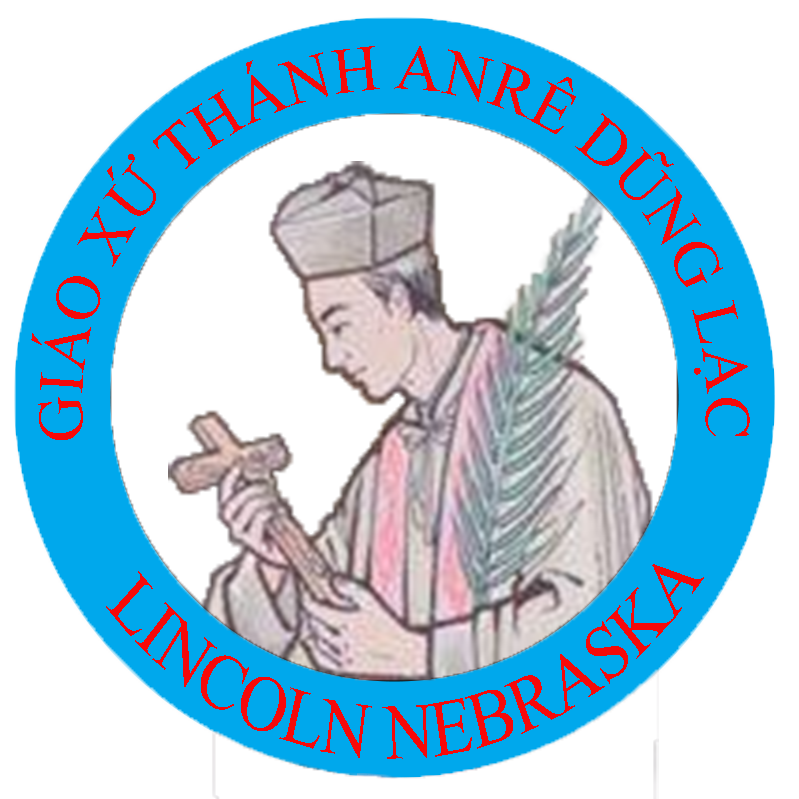











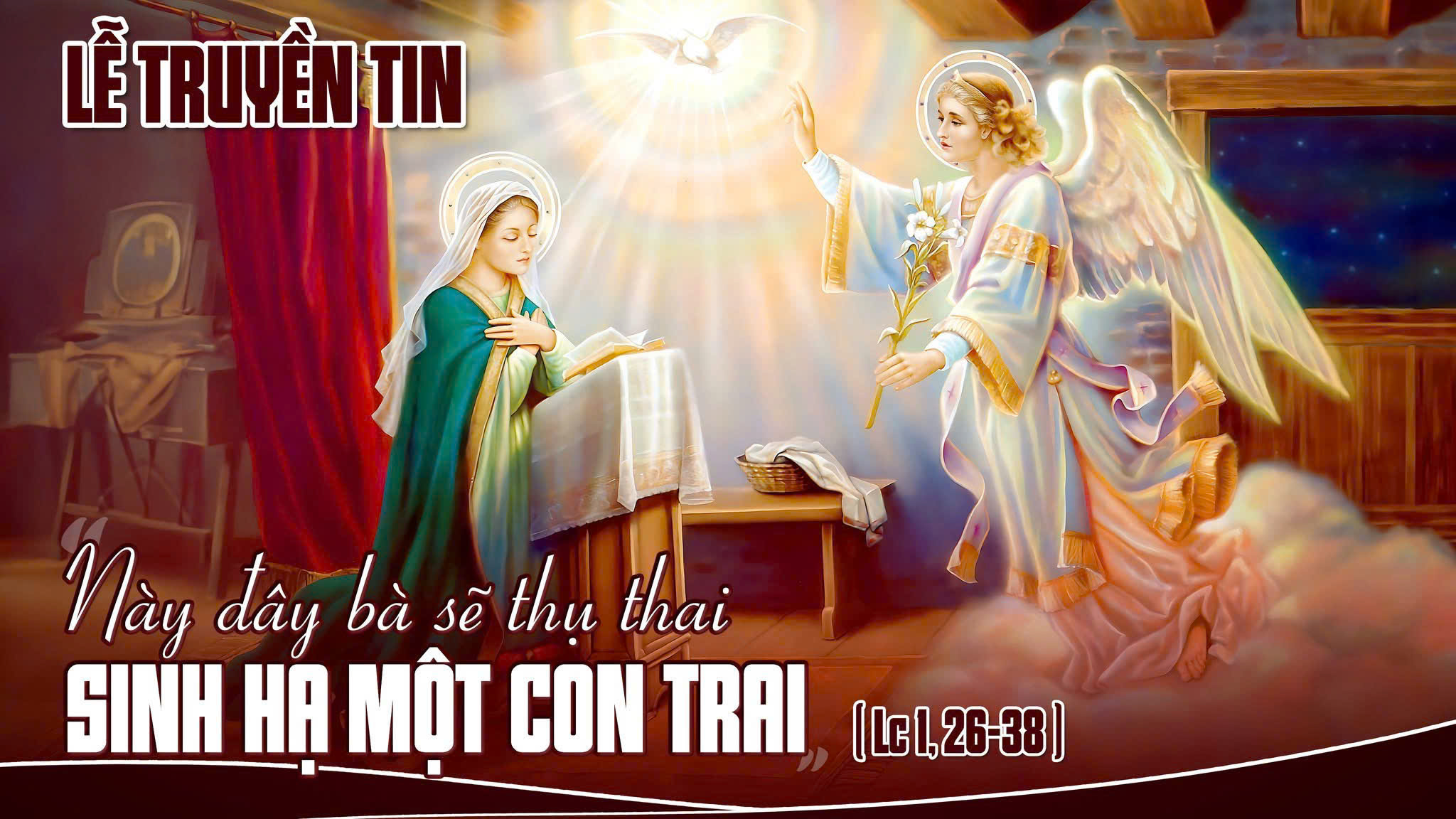
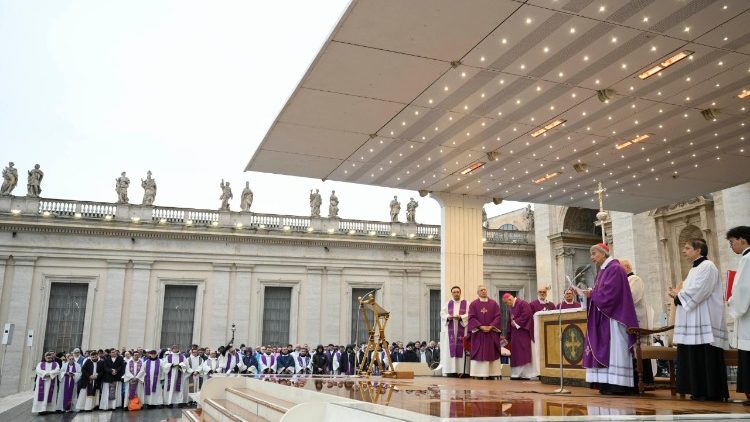

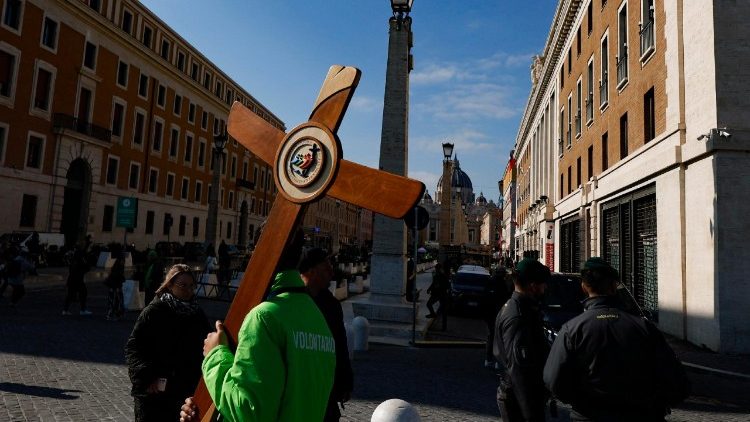

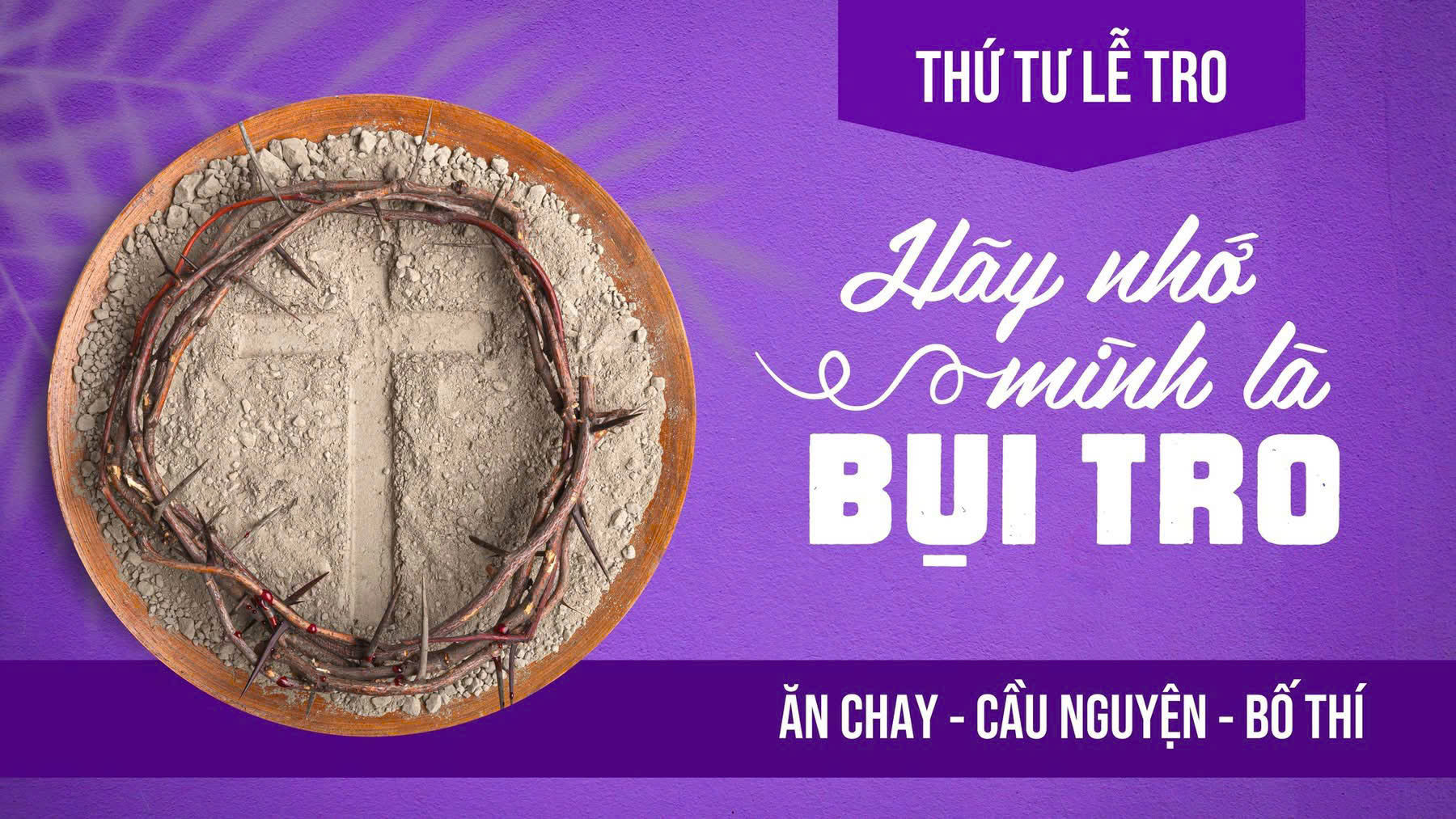
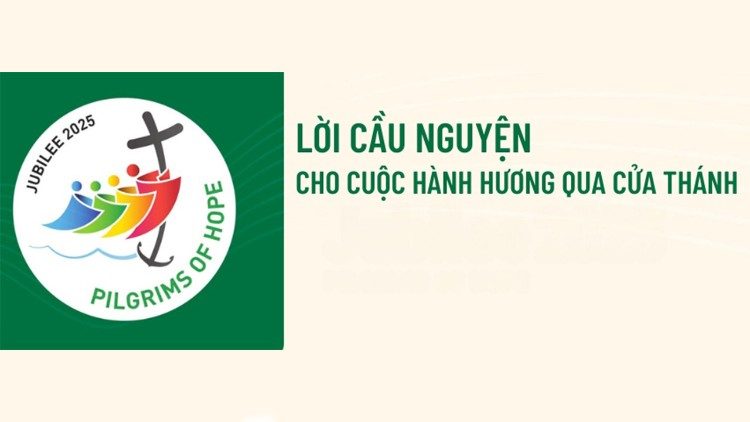

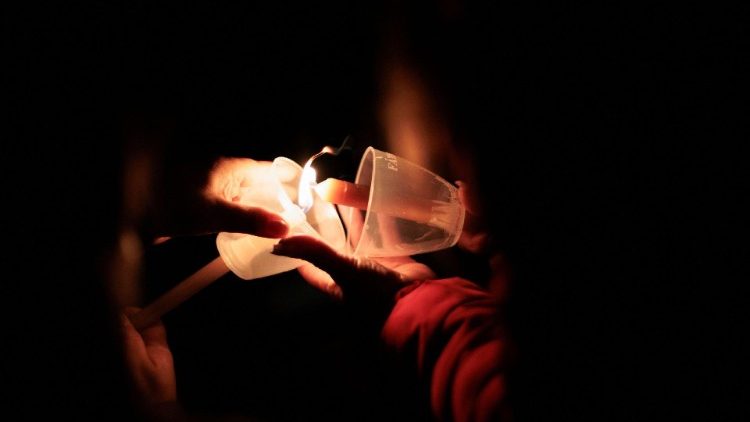
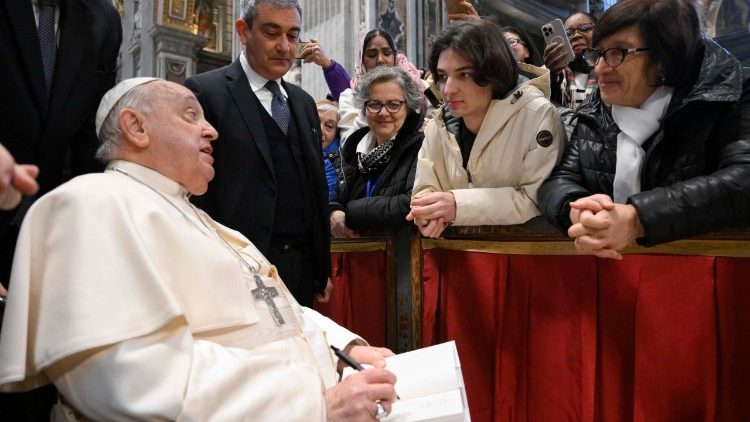
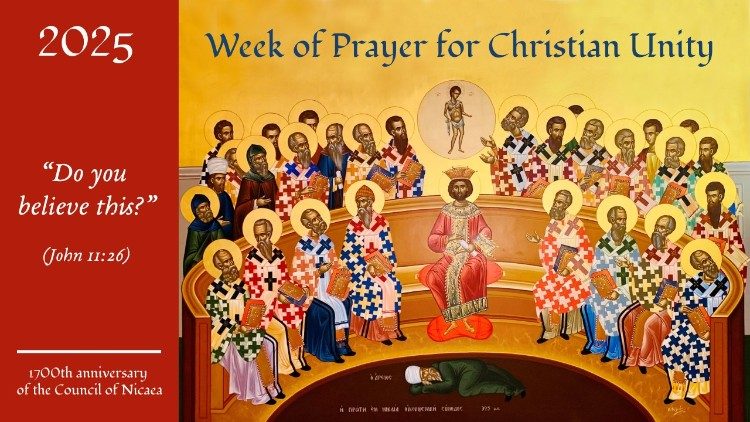
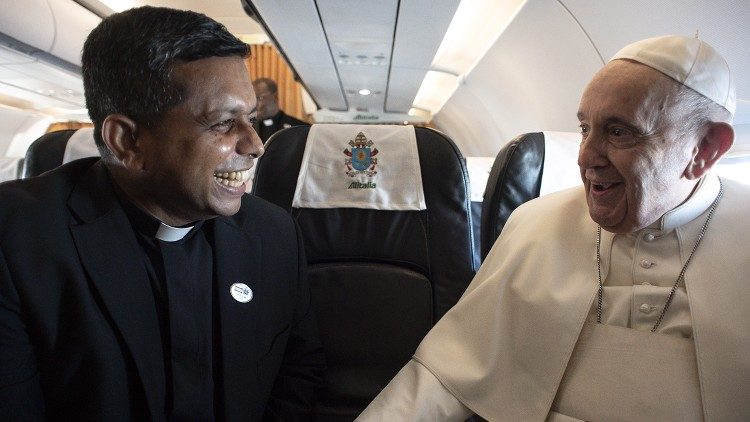
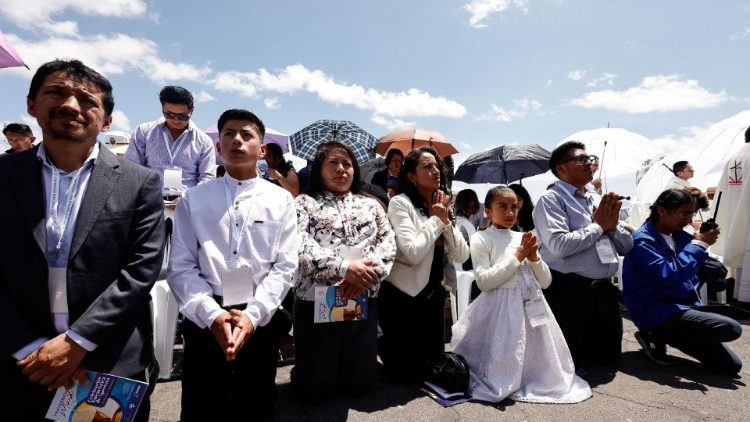
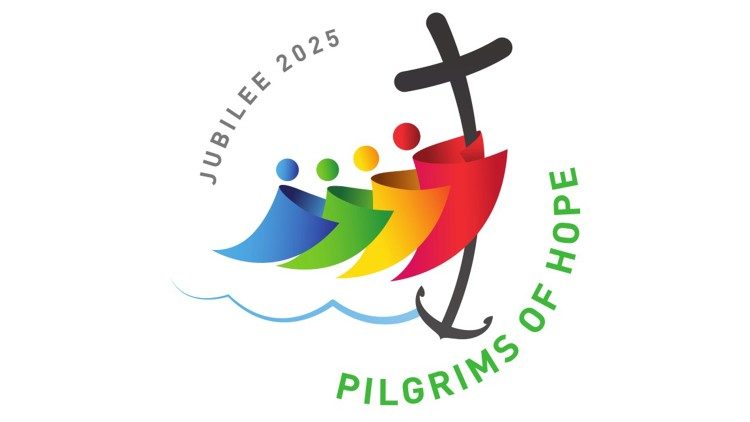
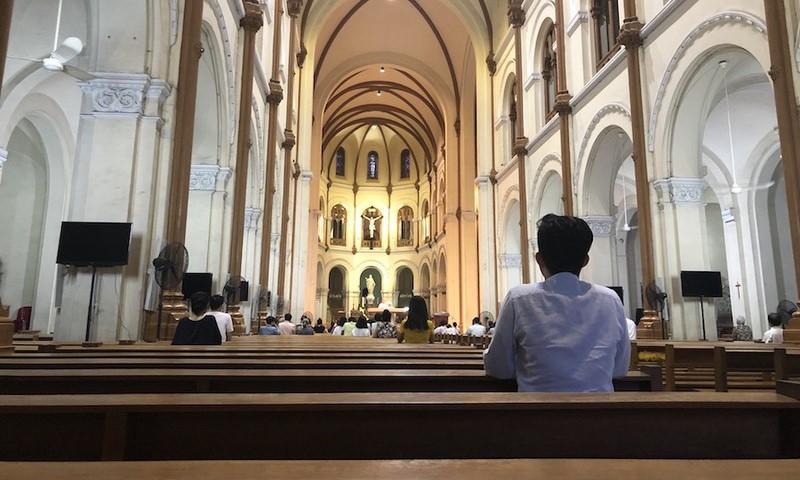


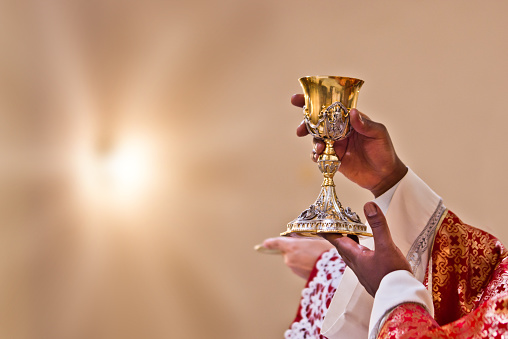
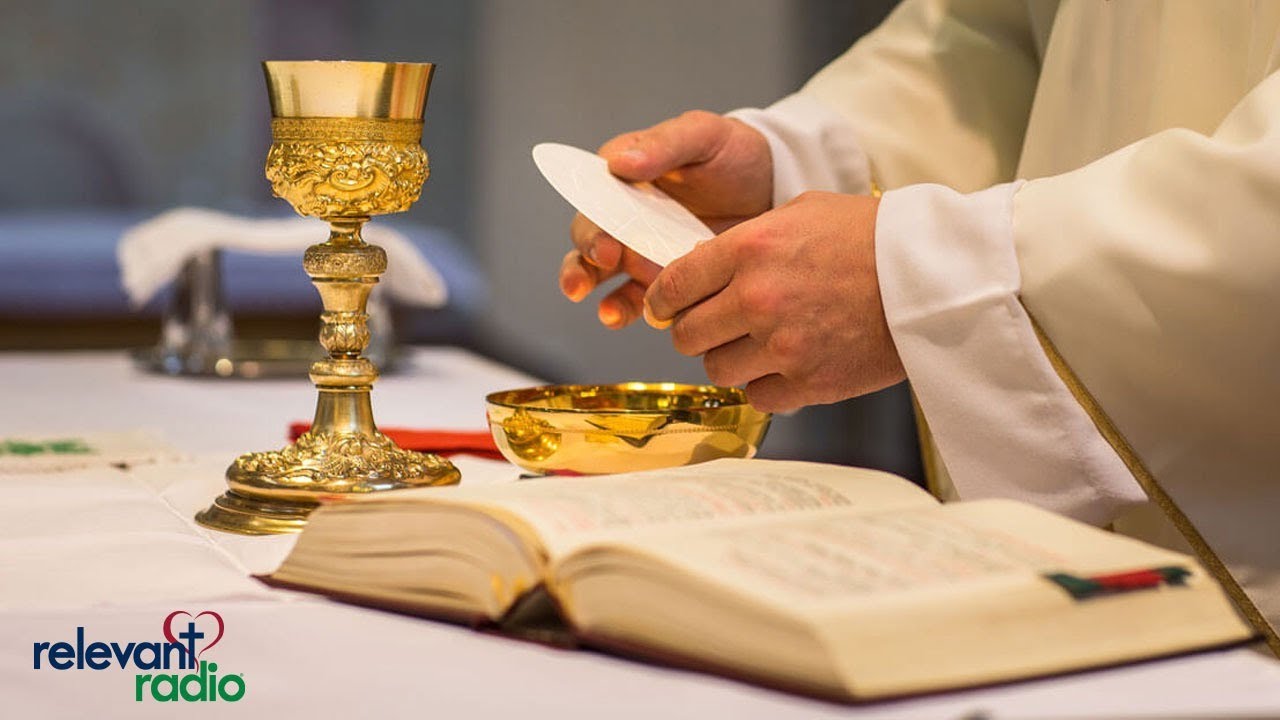
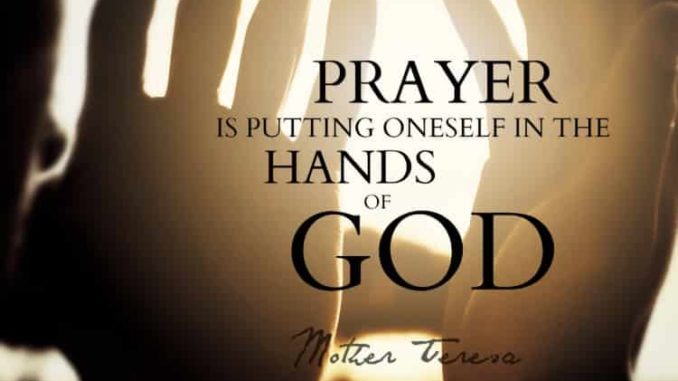

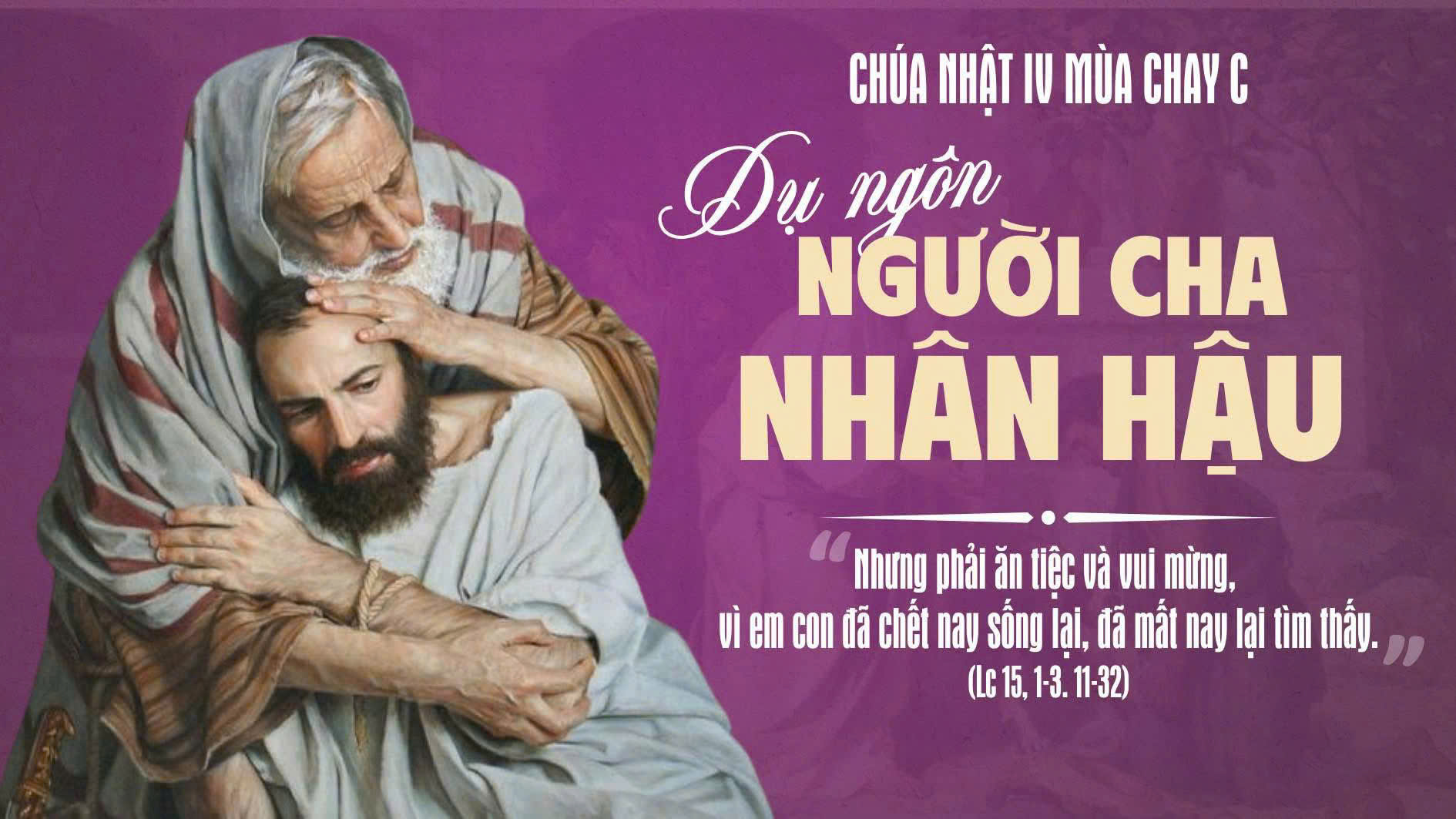
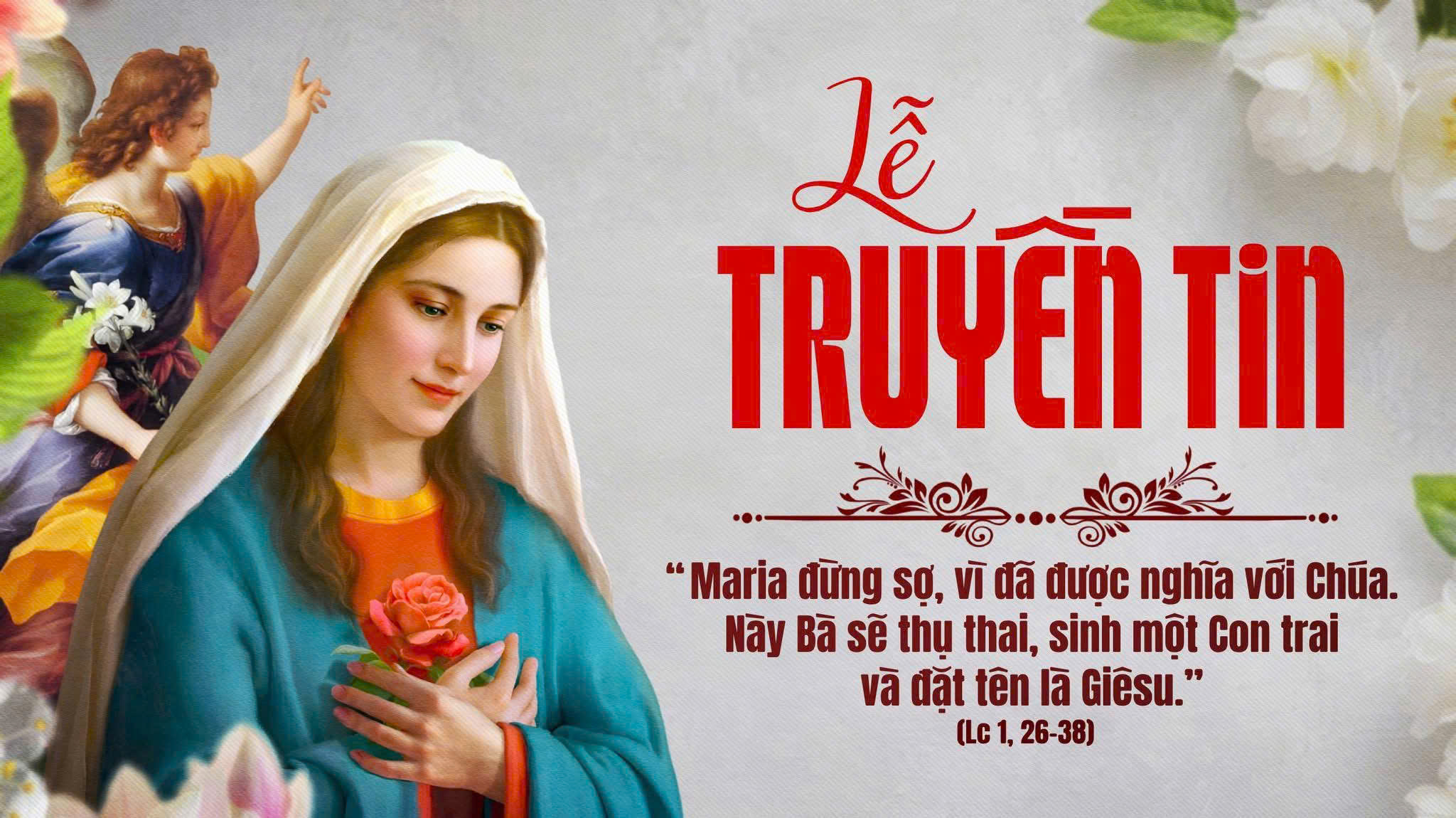
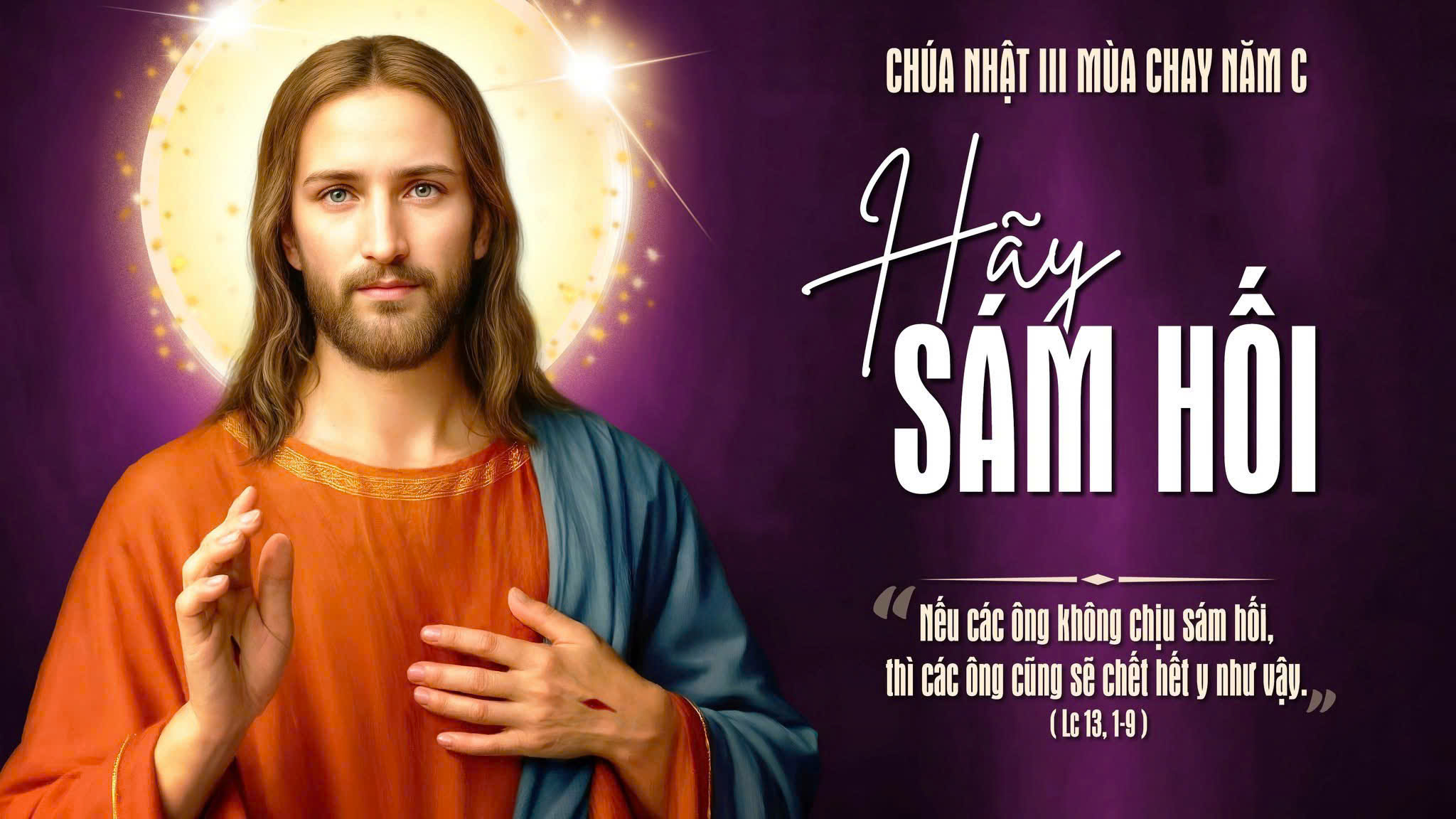
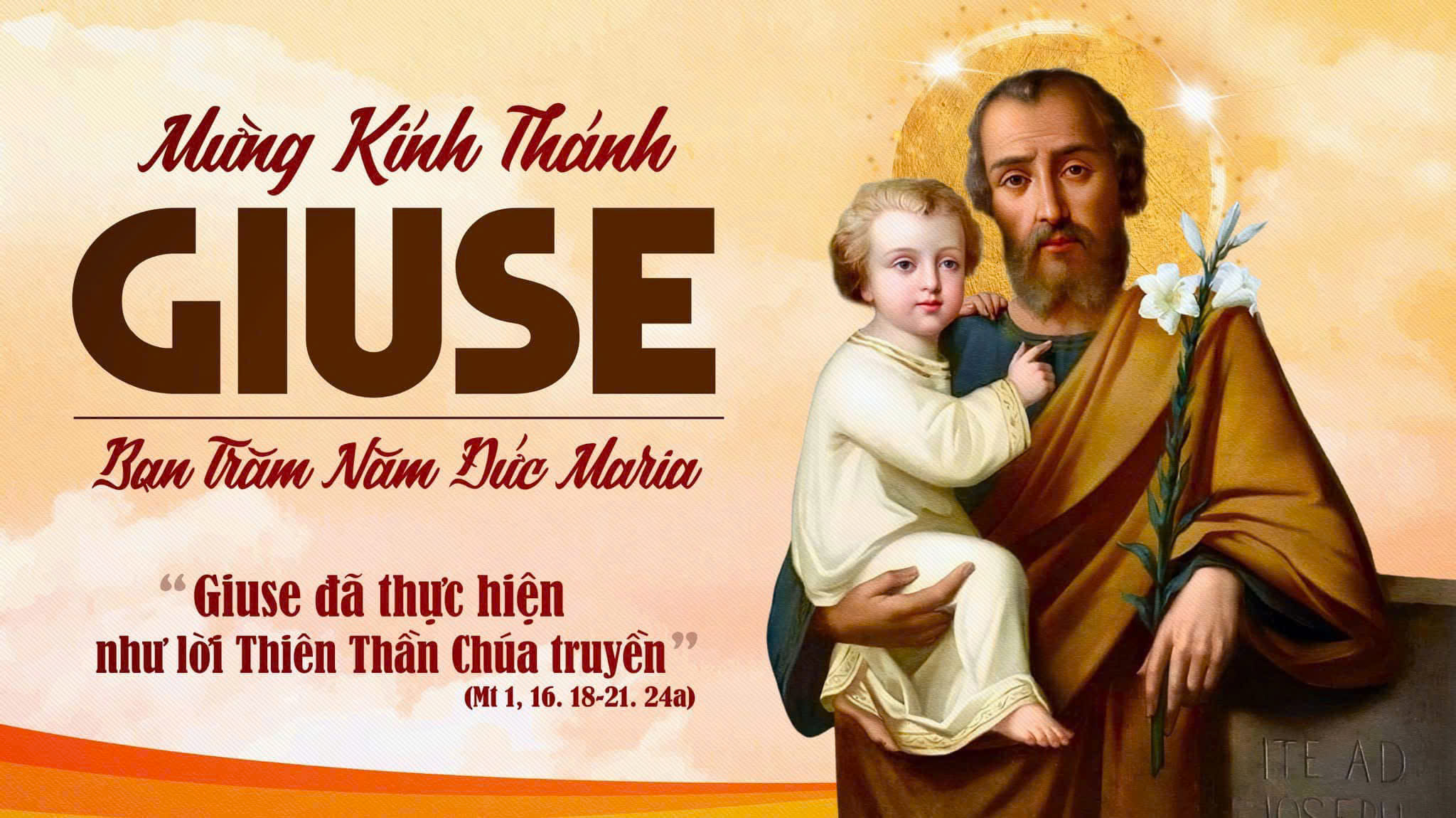
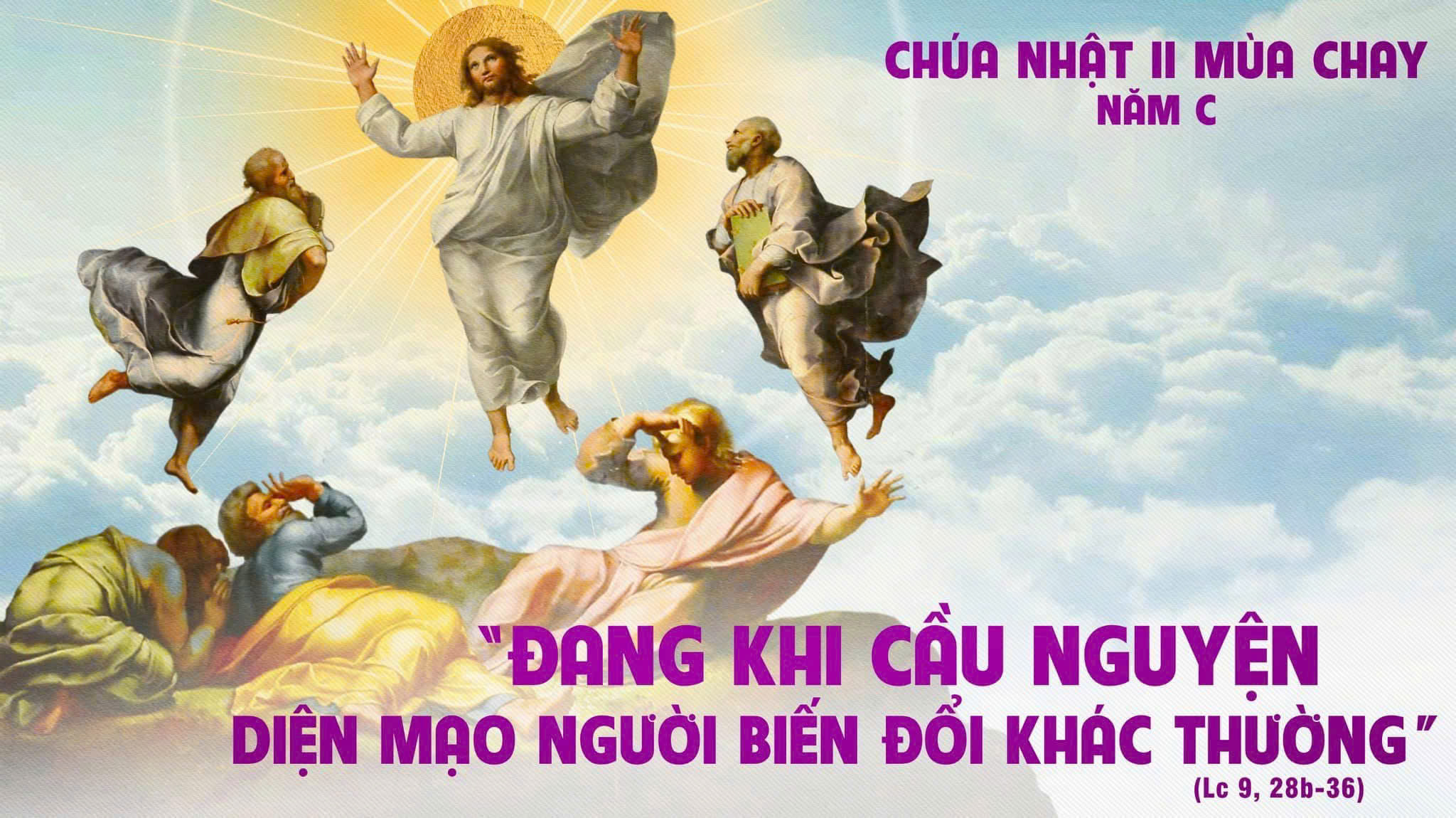
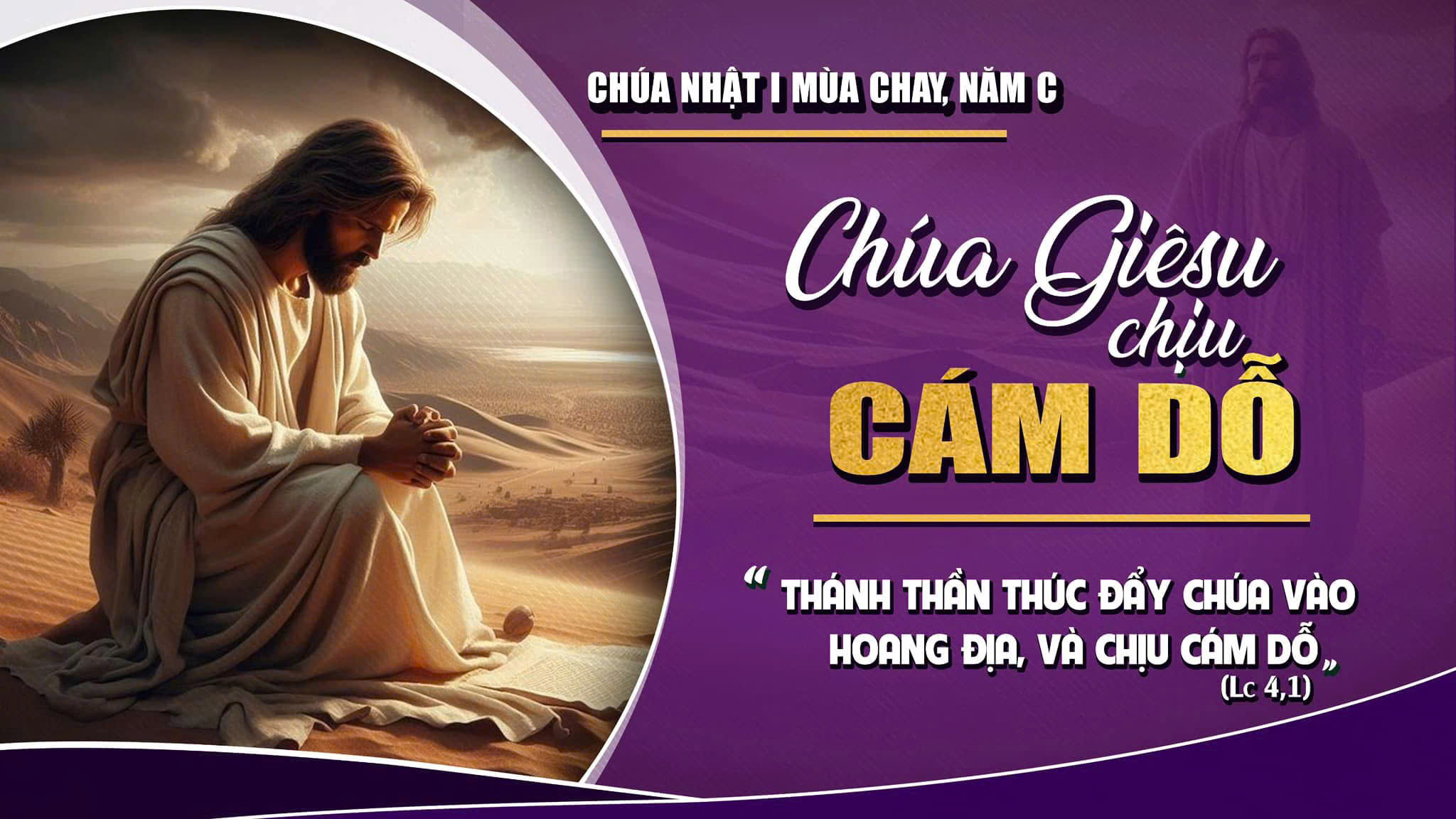
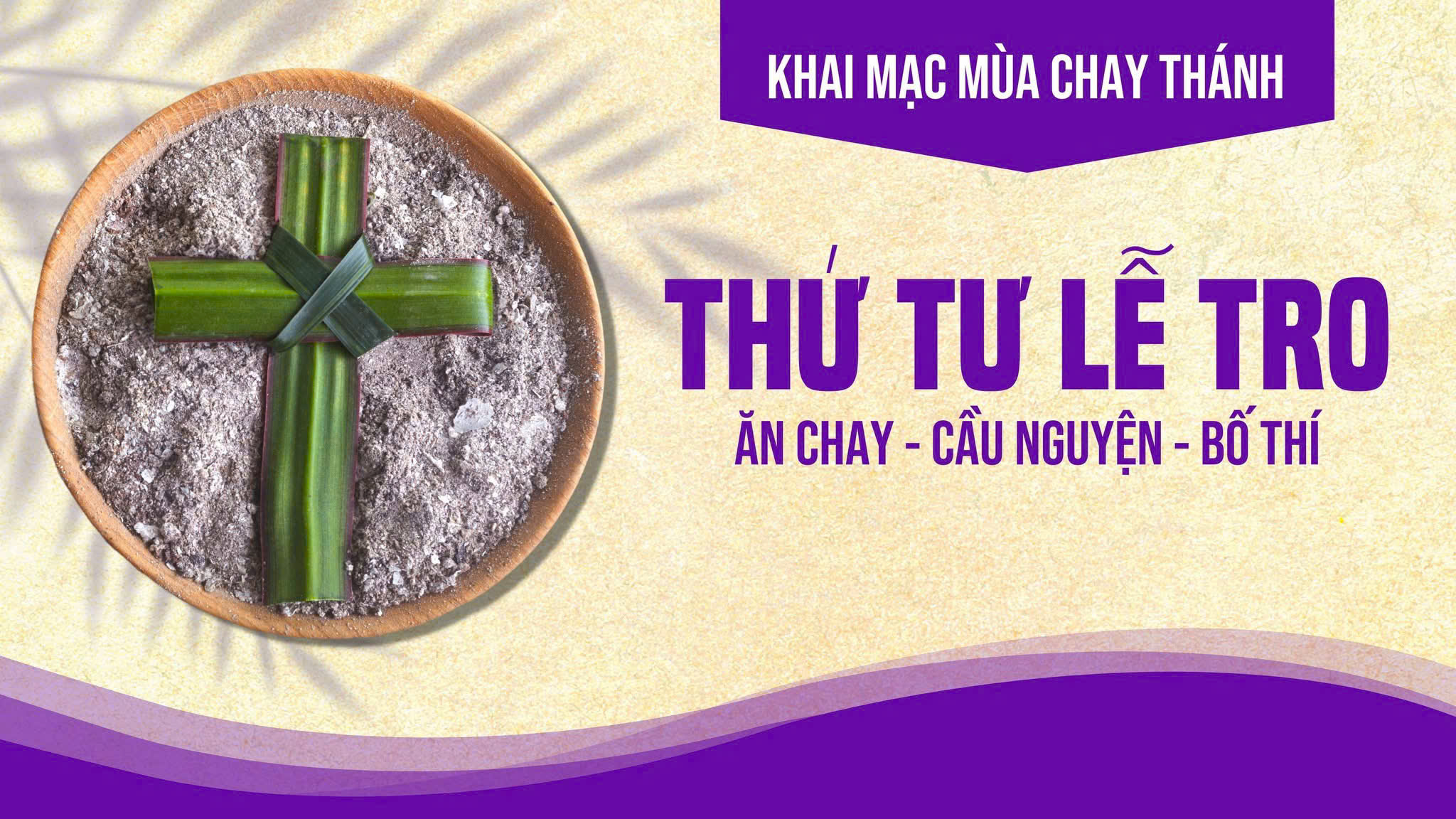
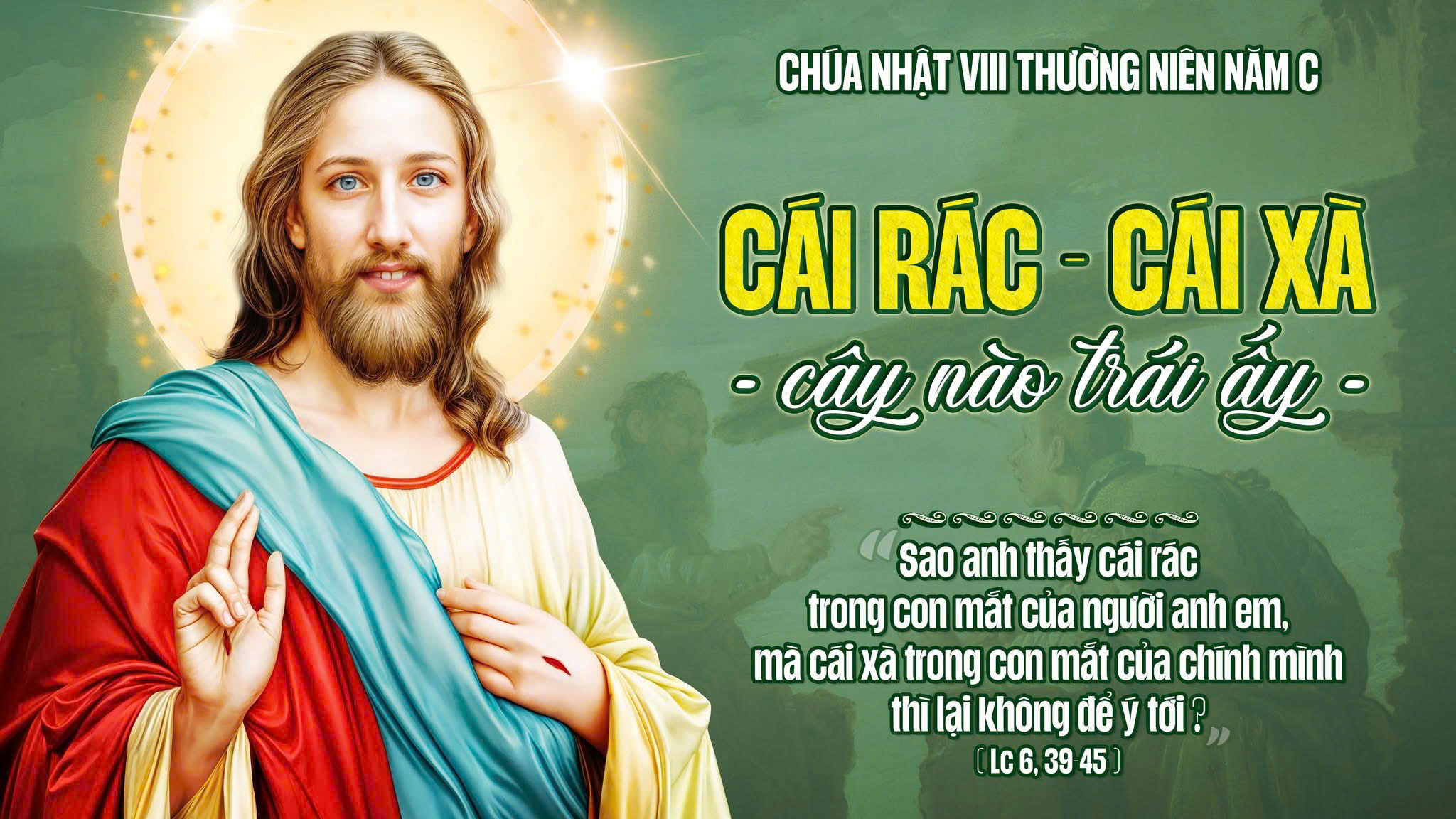
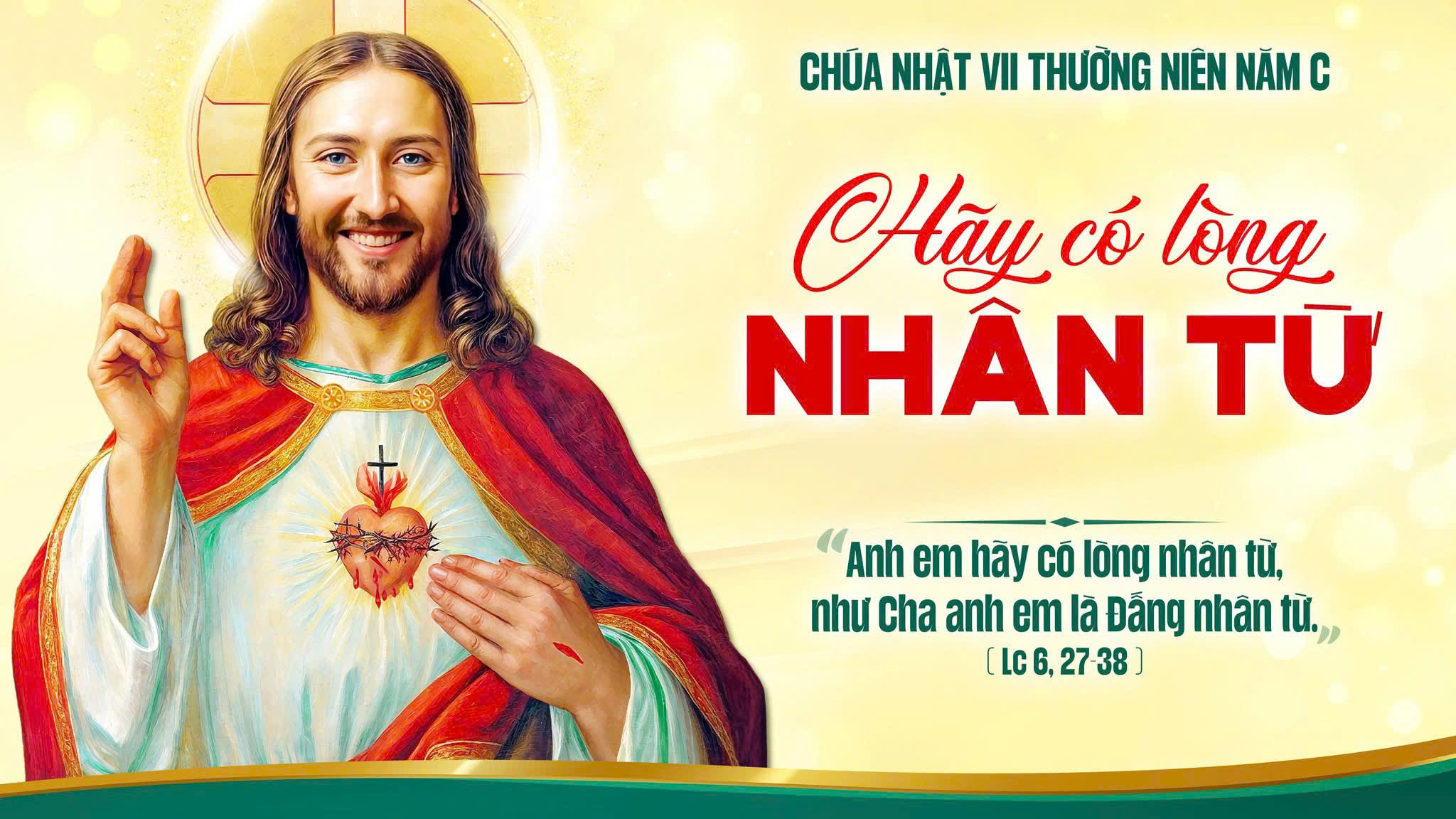
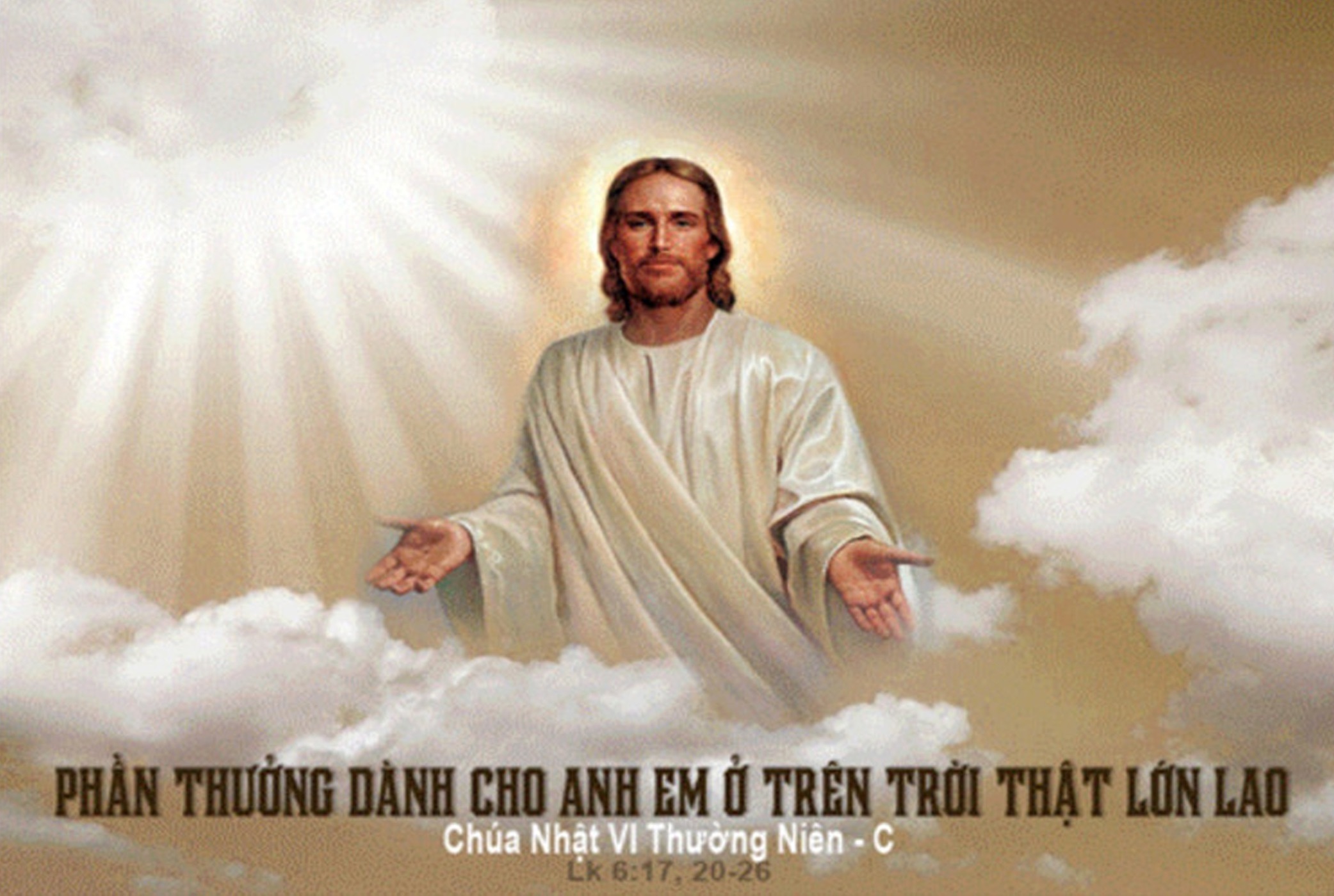
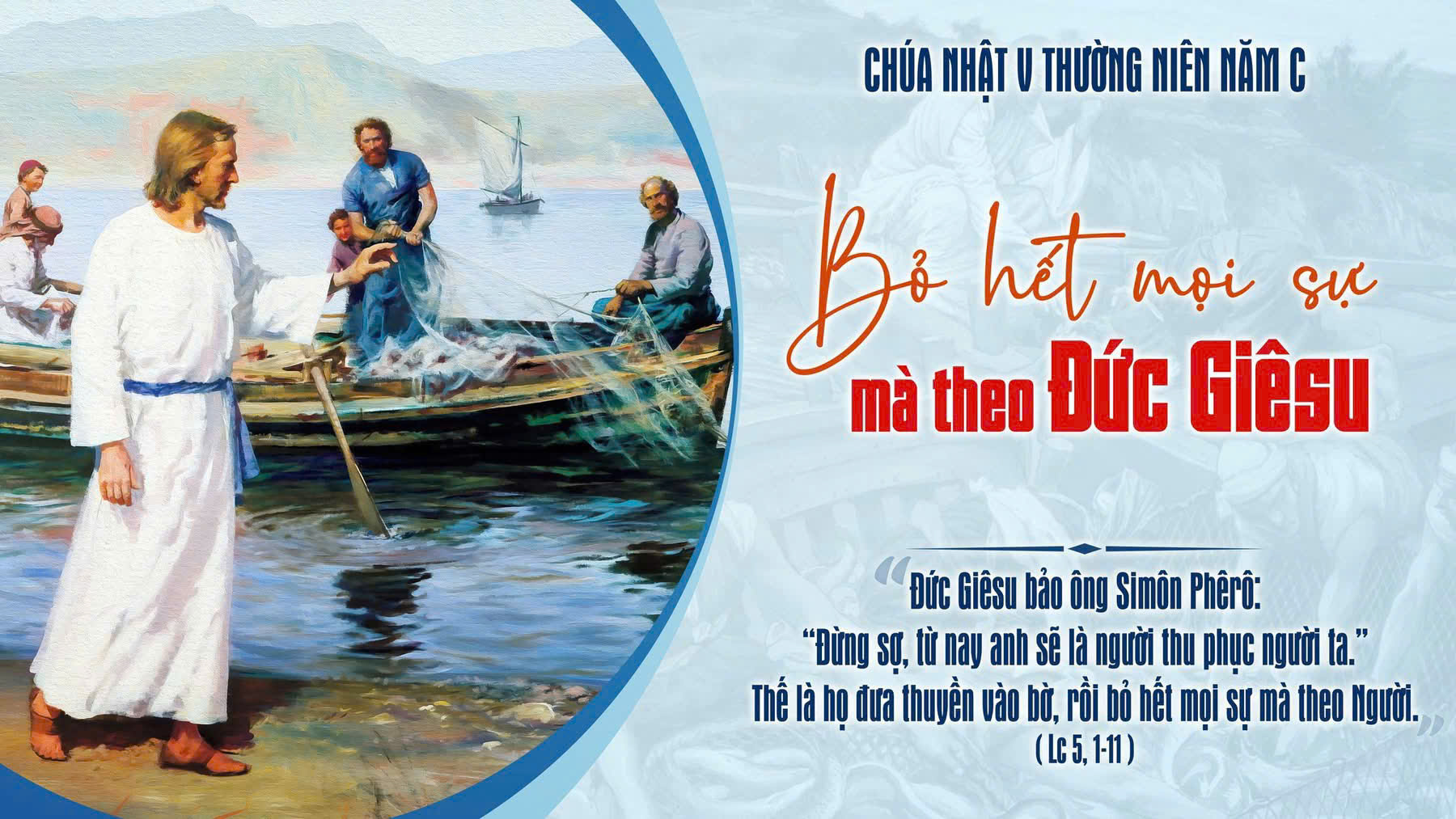

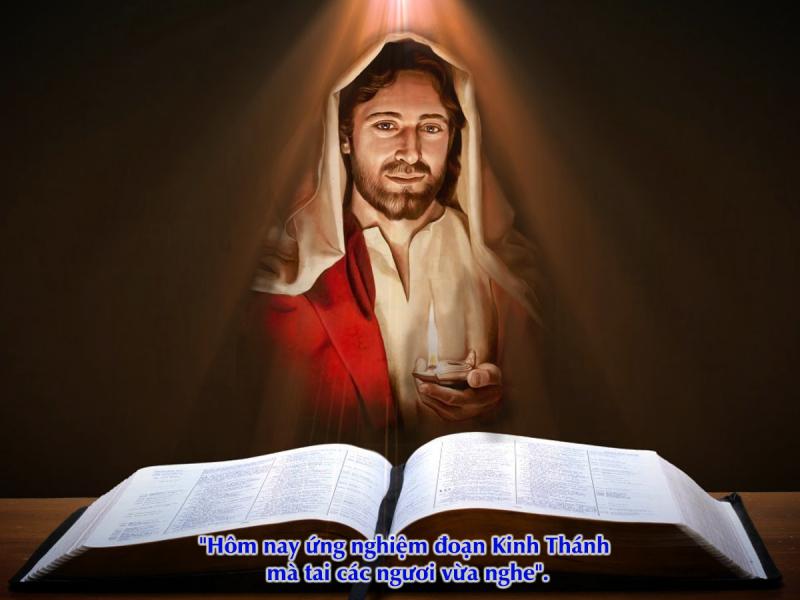
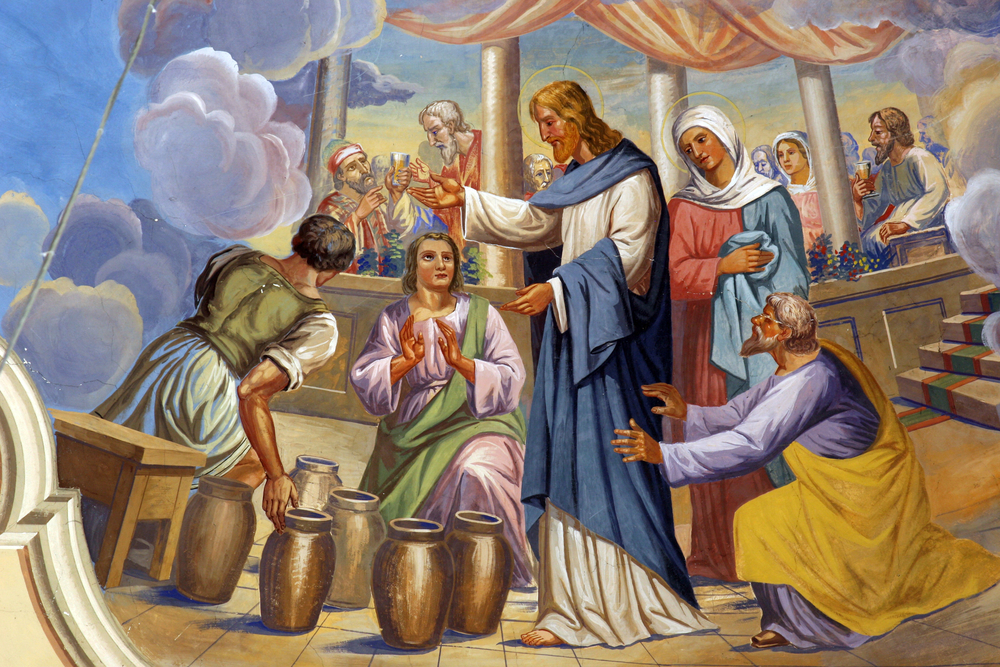
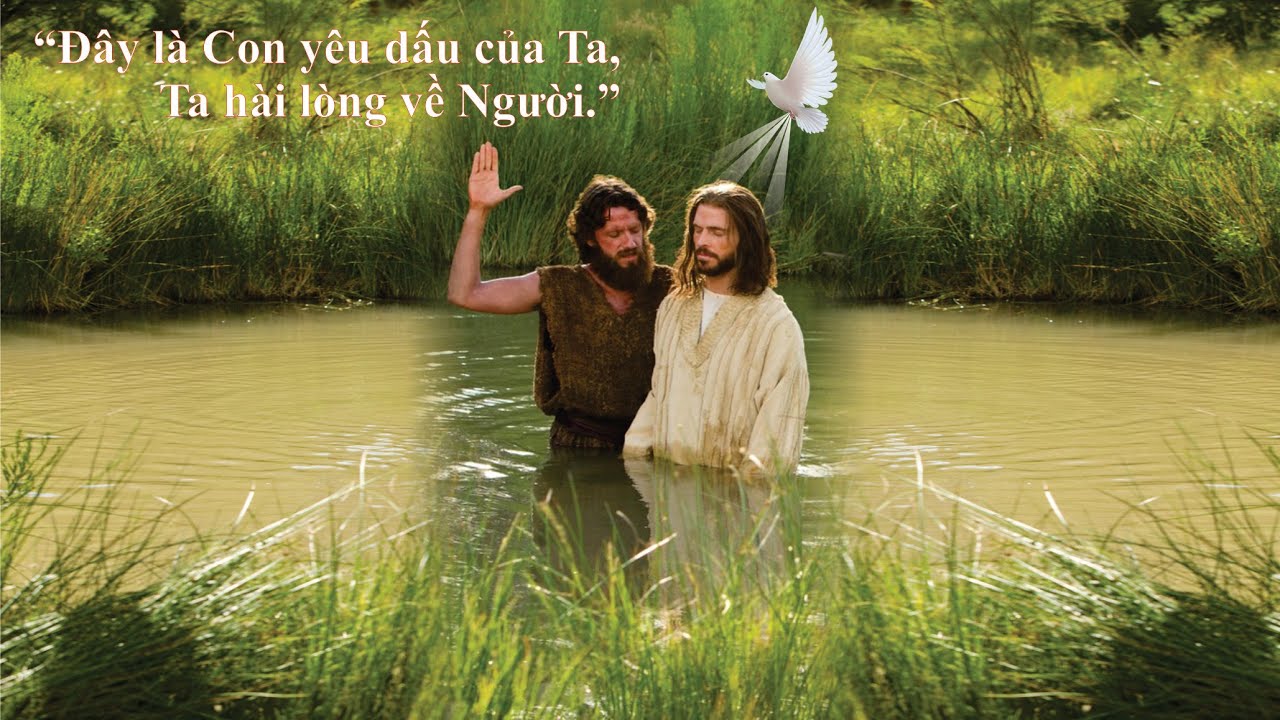
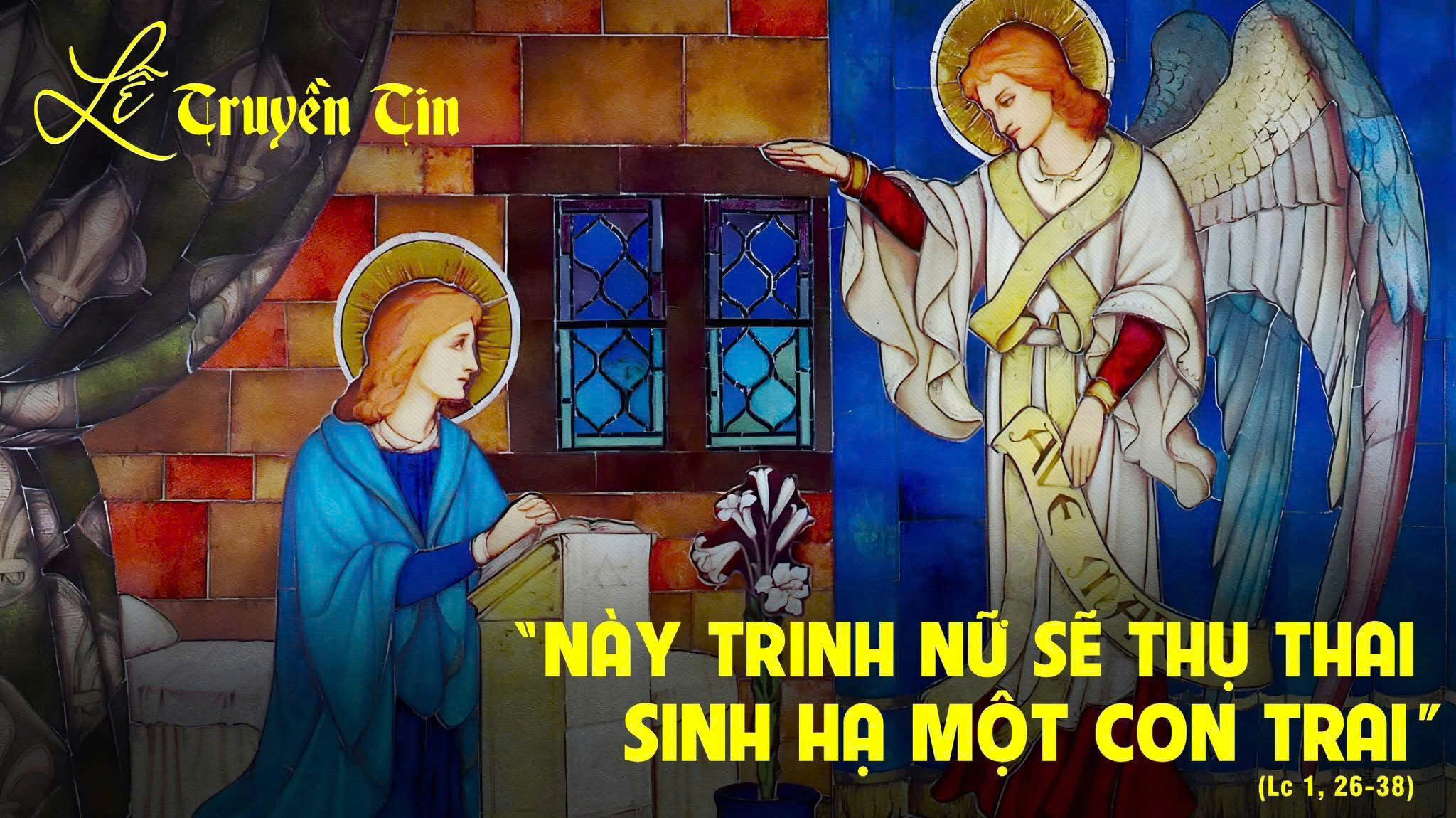
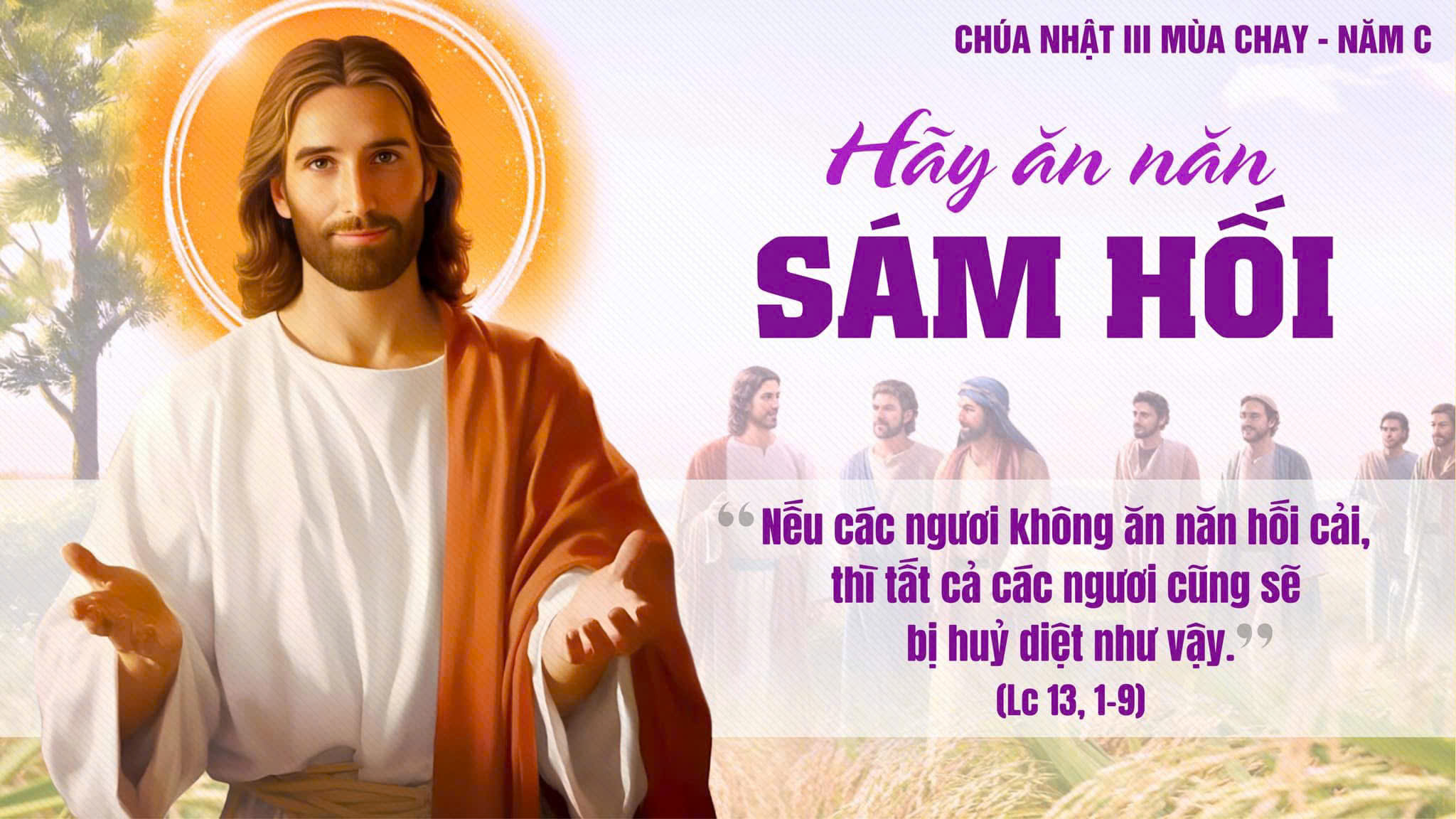
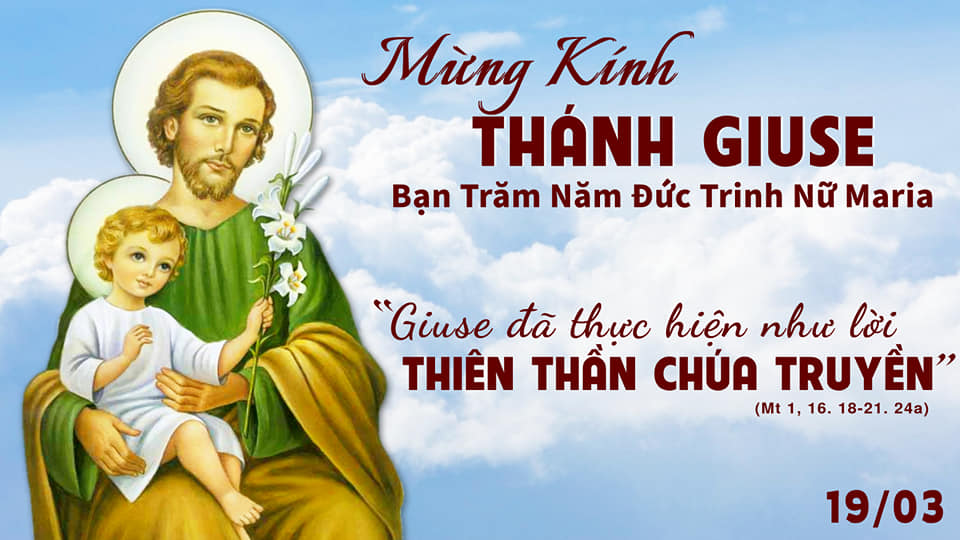
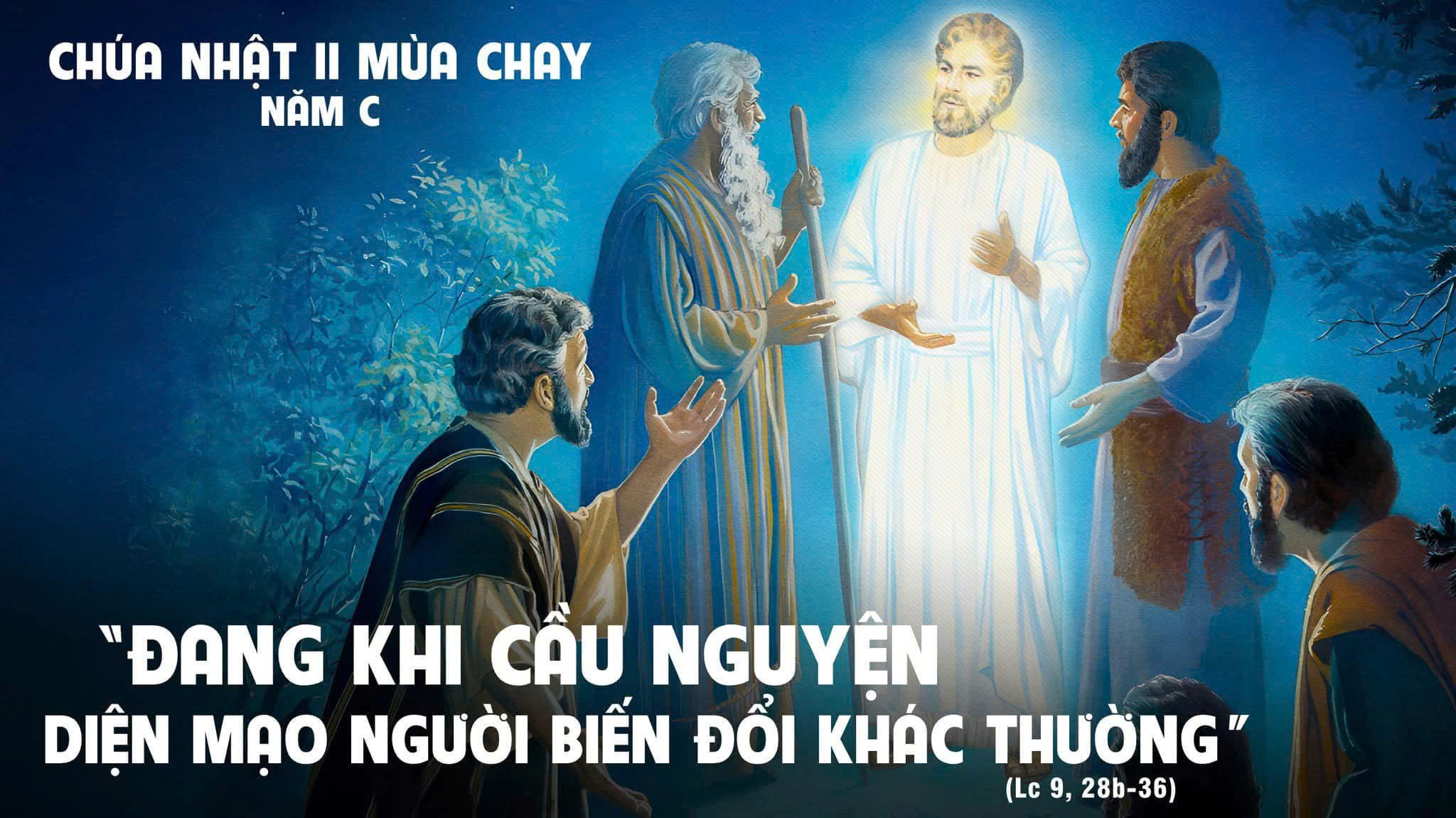
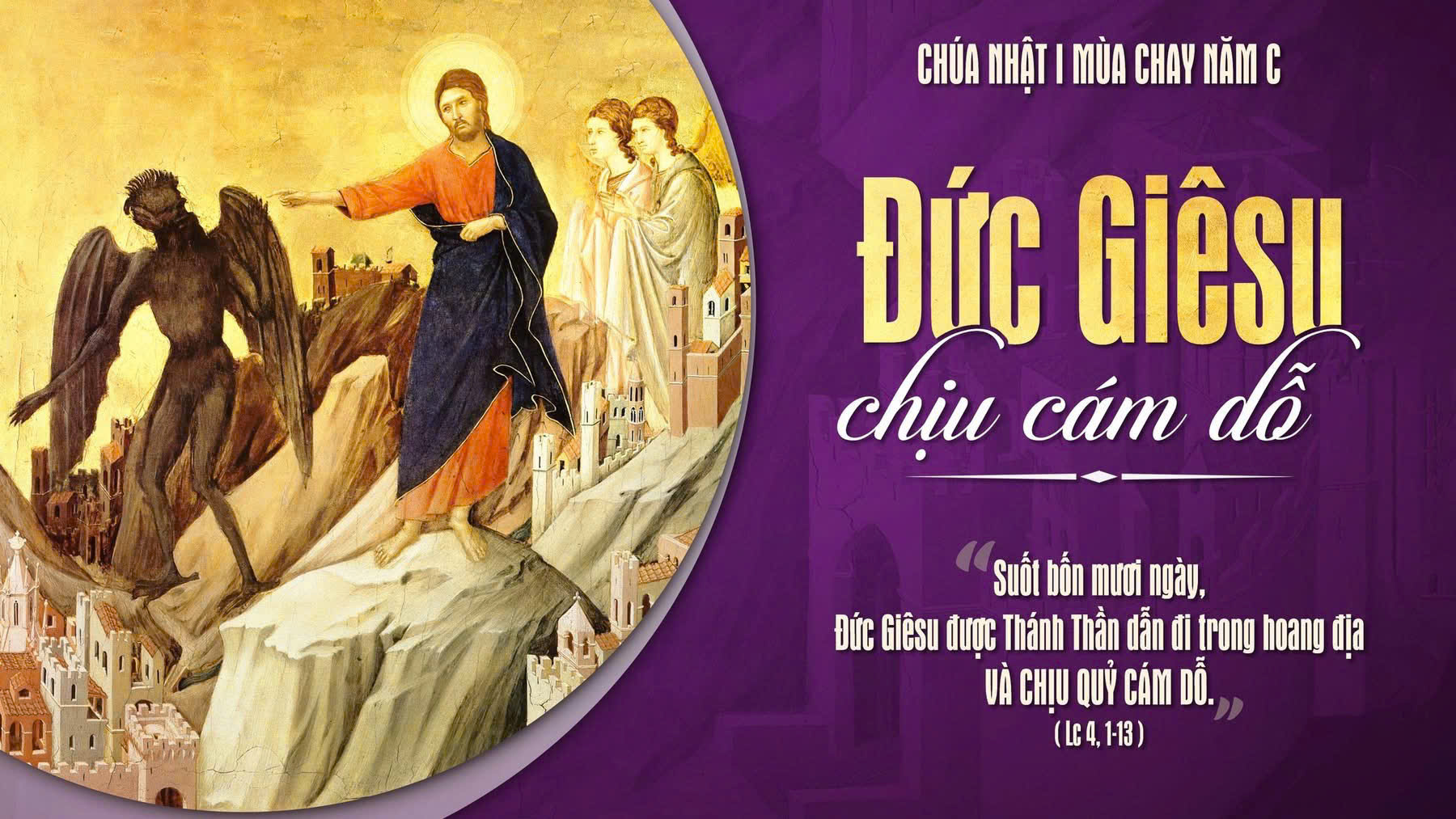
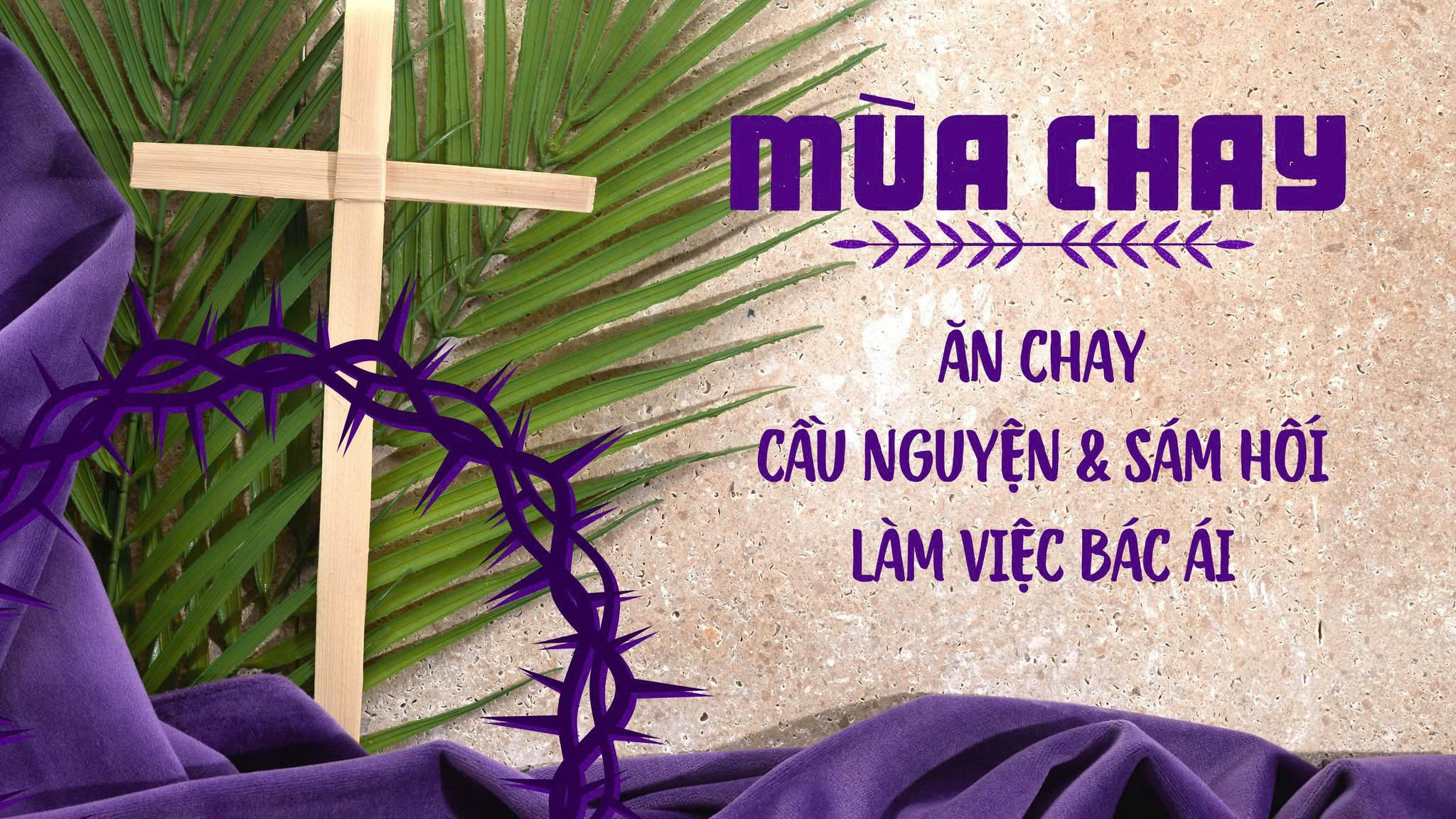
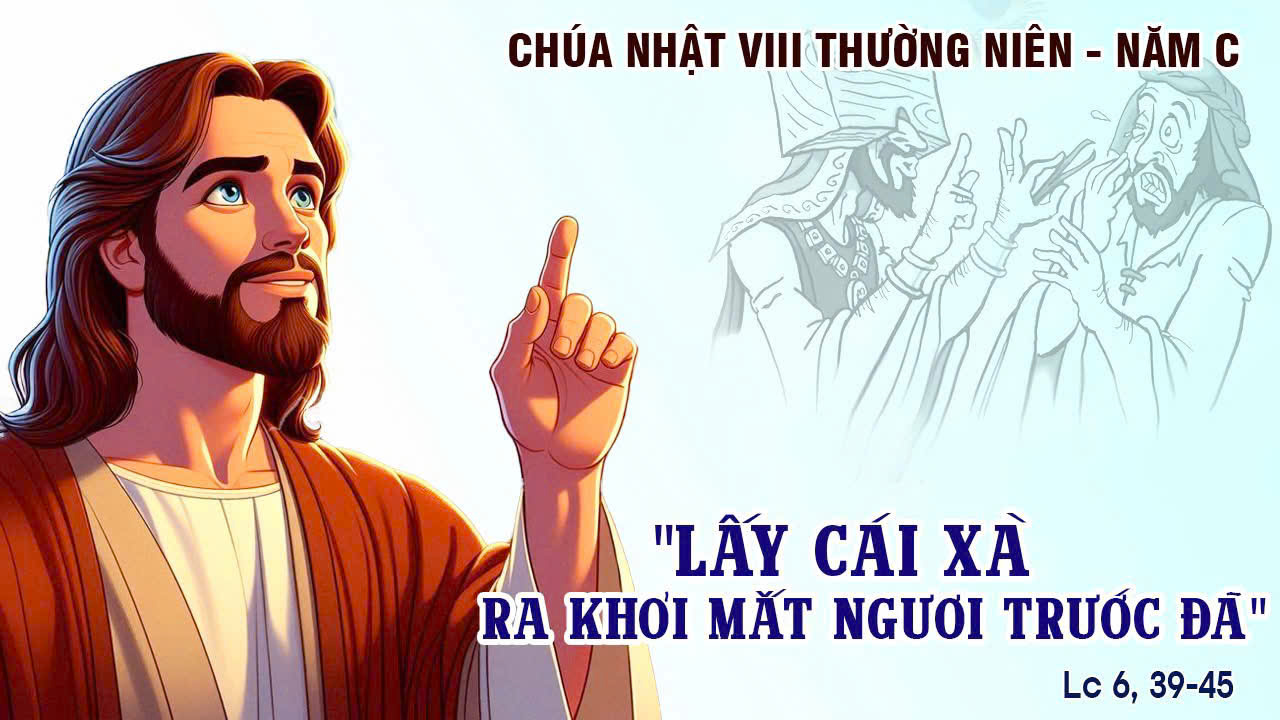
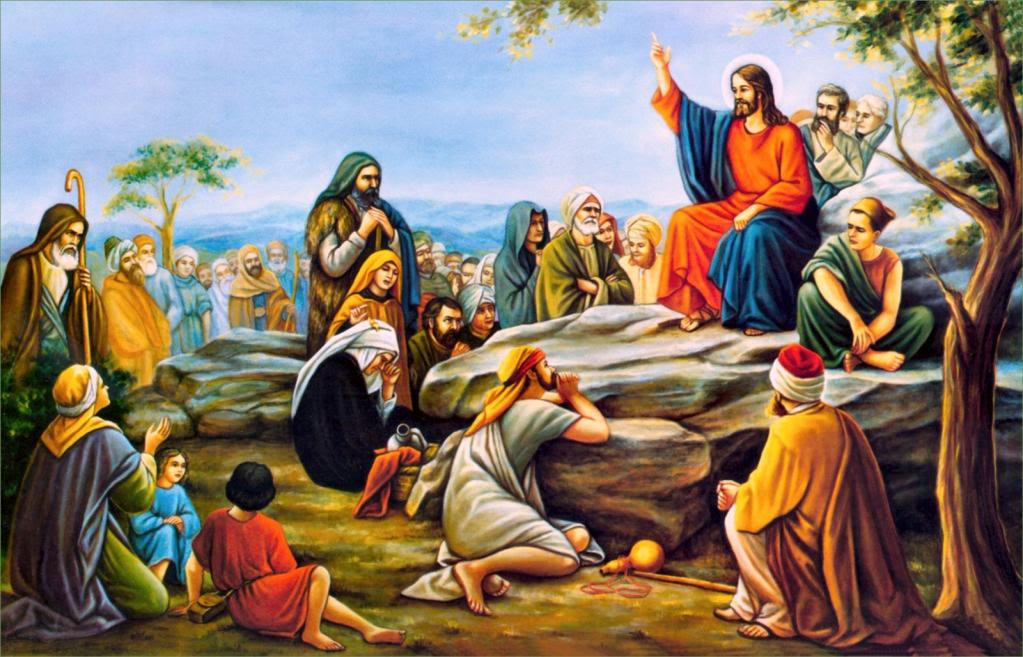
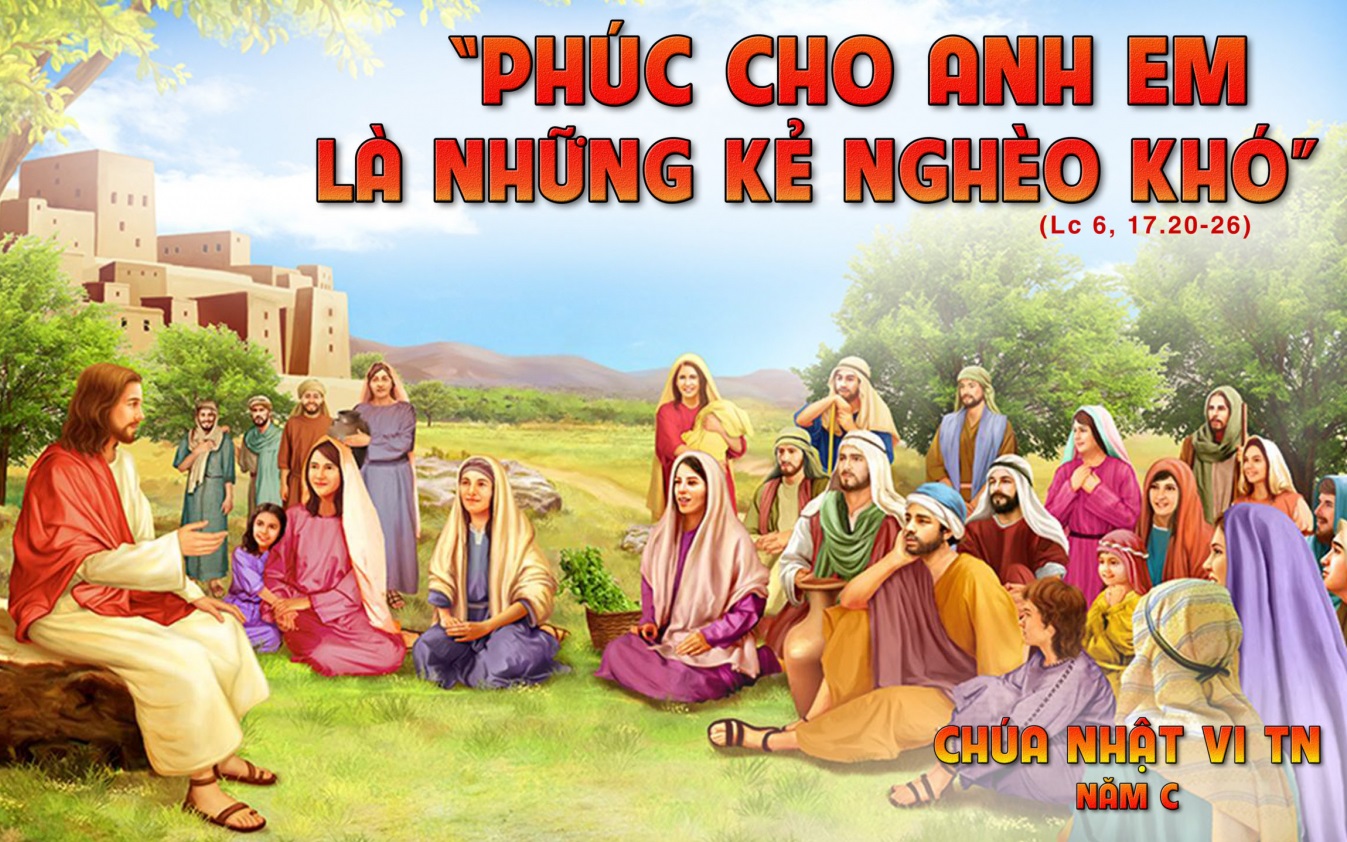
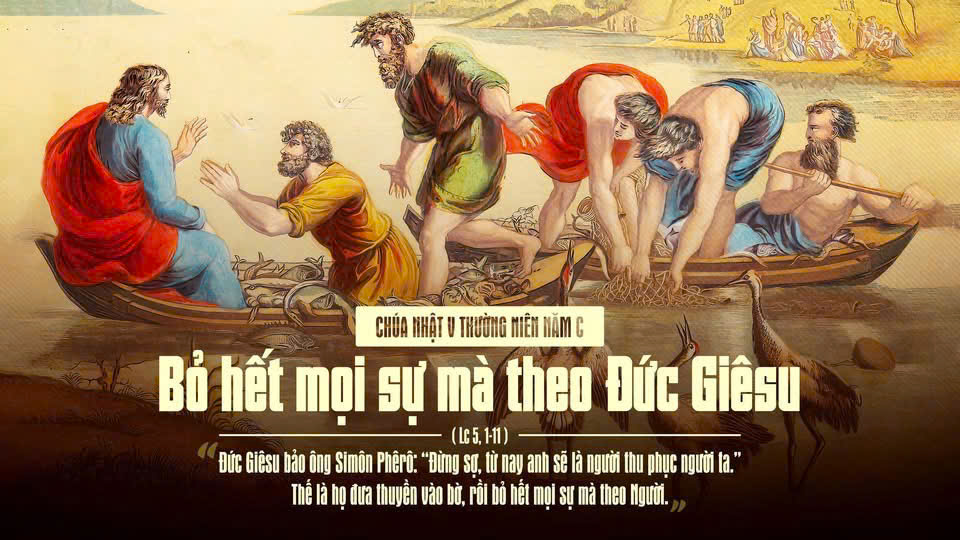
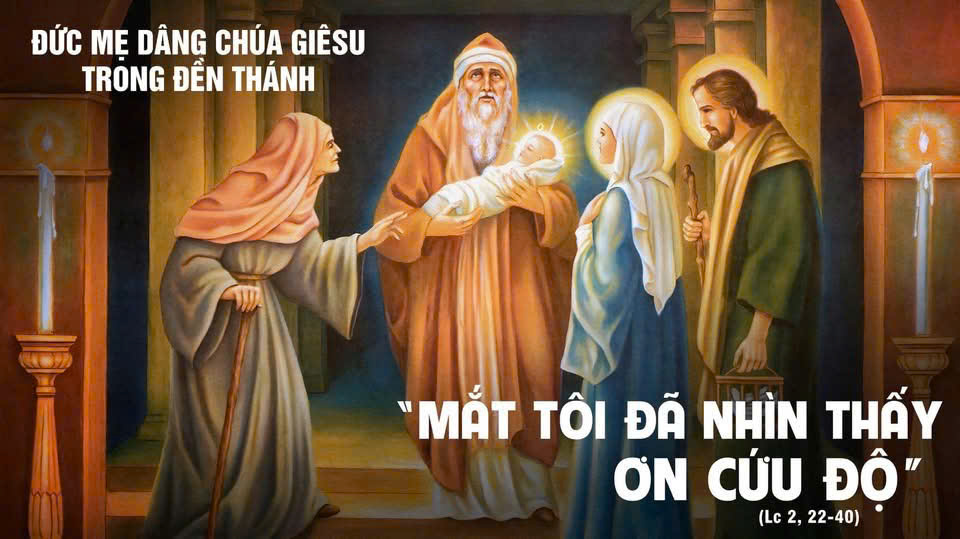
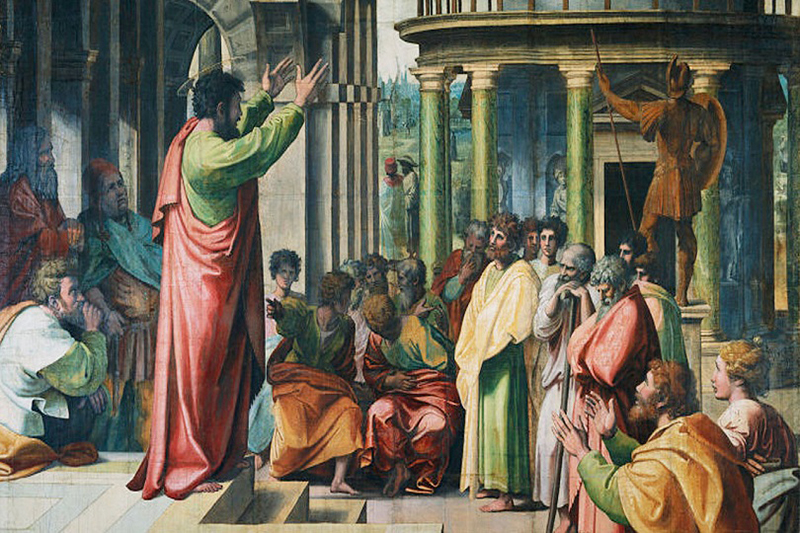
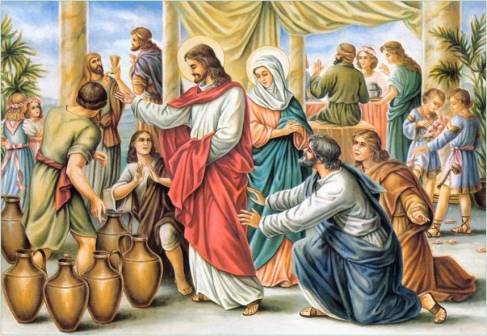
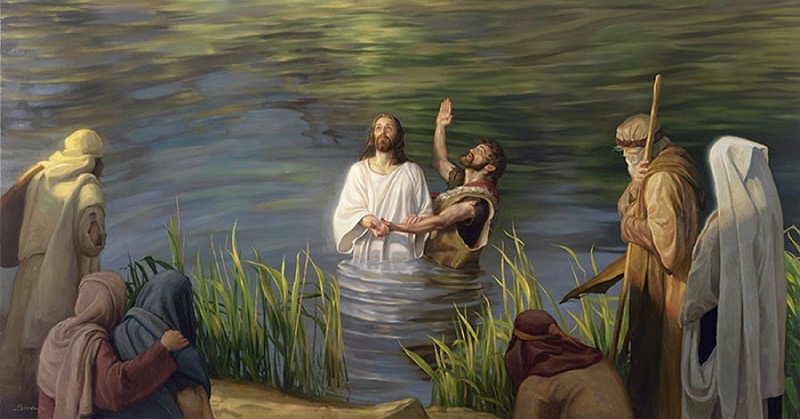
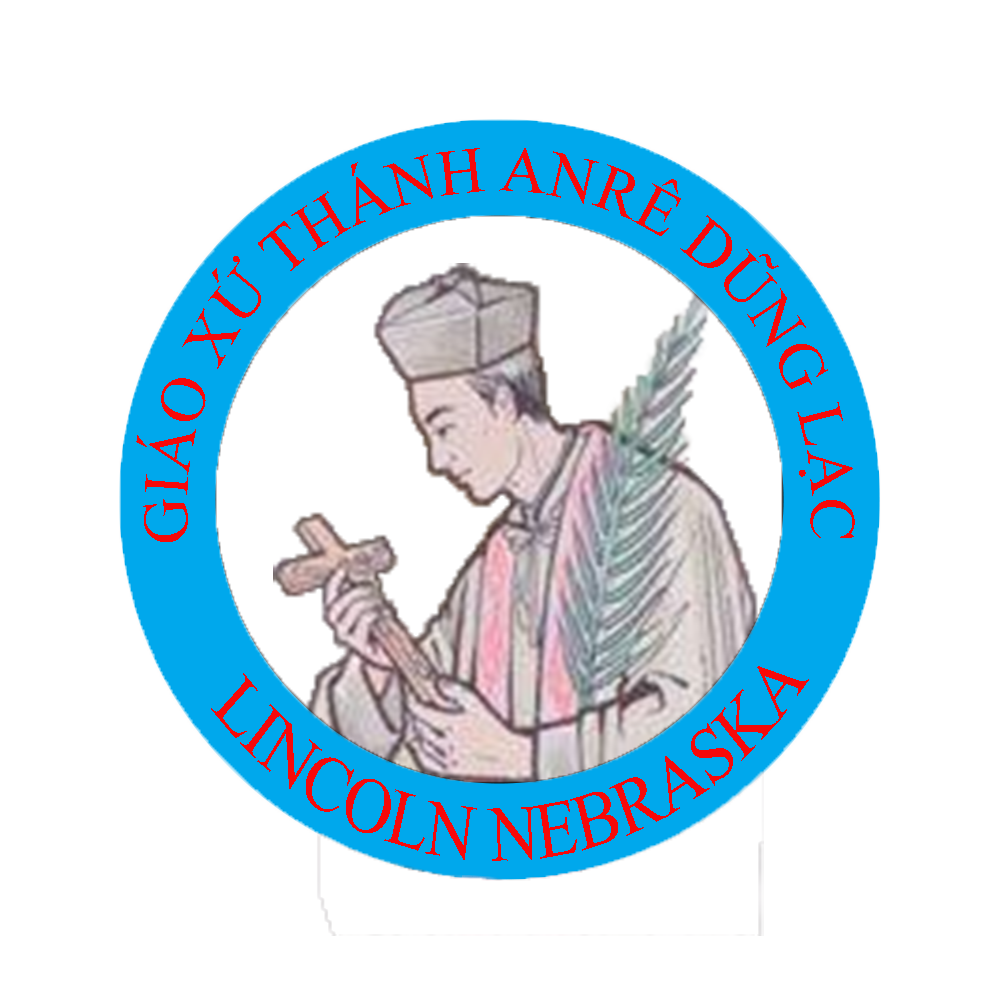 ANRÊ DŨNG LẠC
ANRÊ DŨNG LẠC